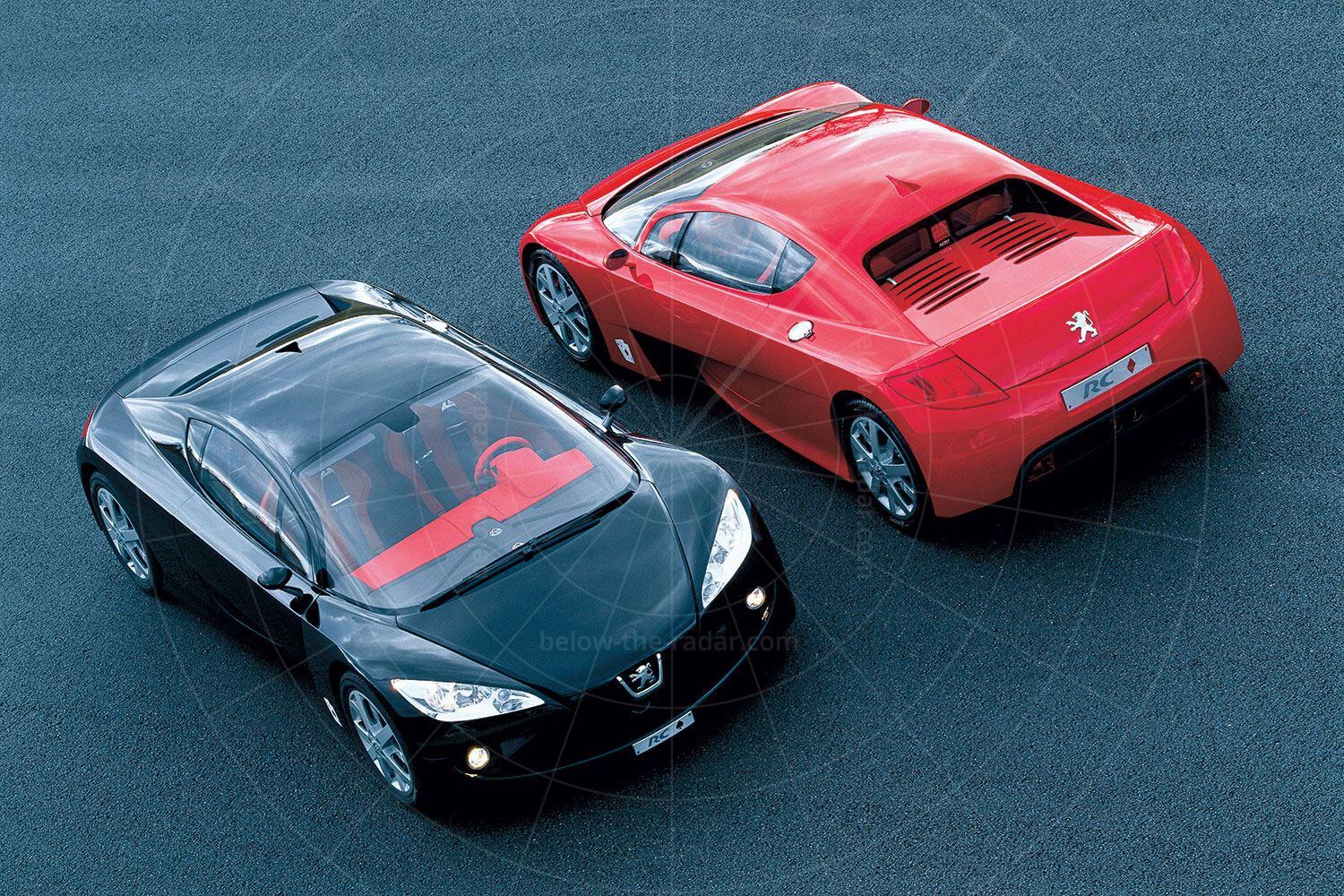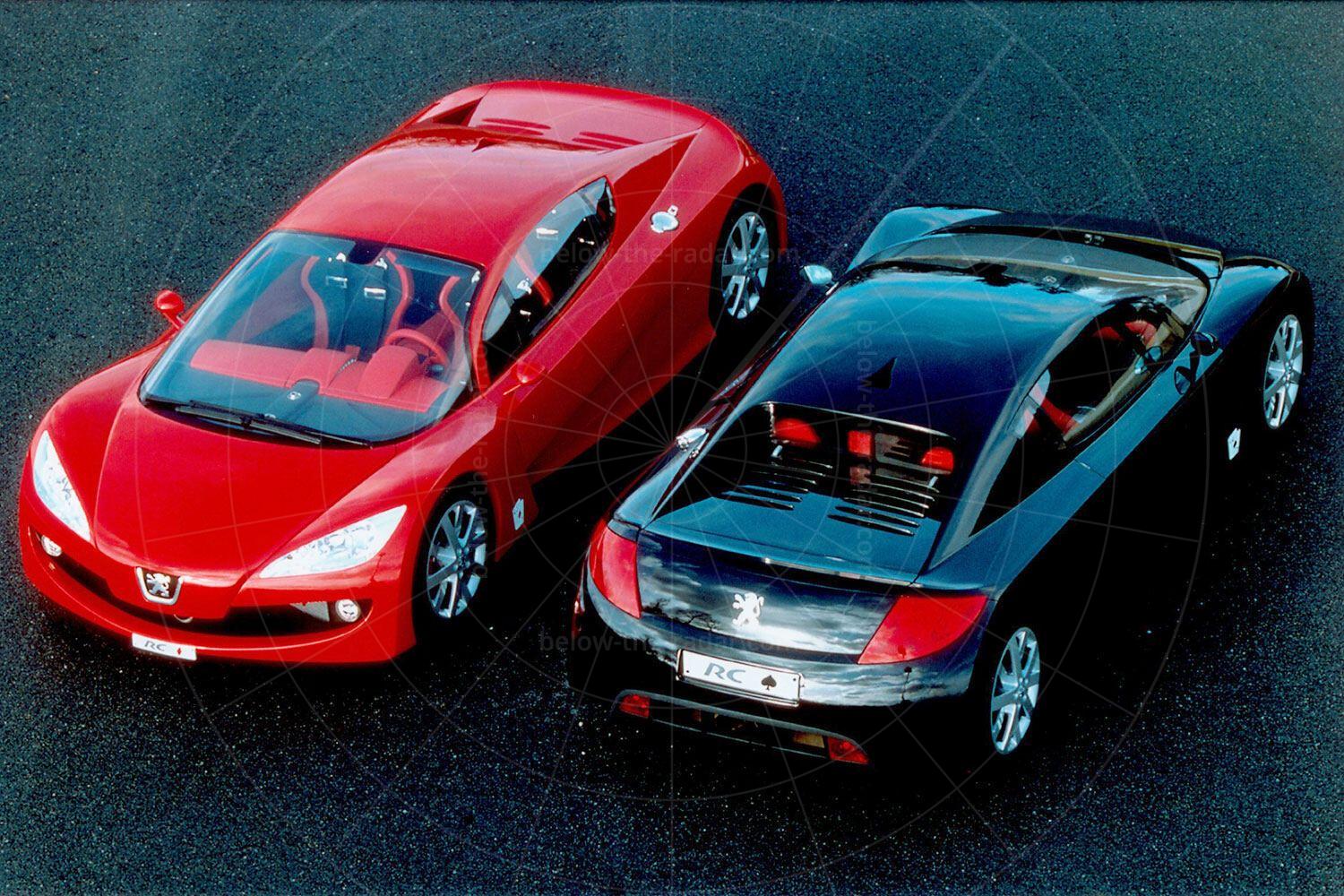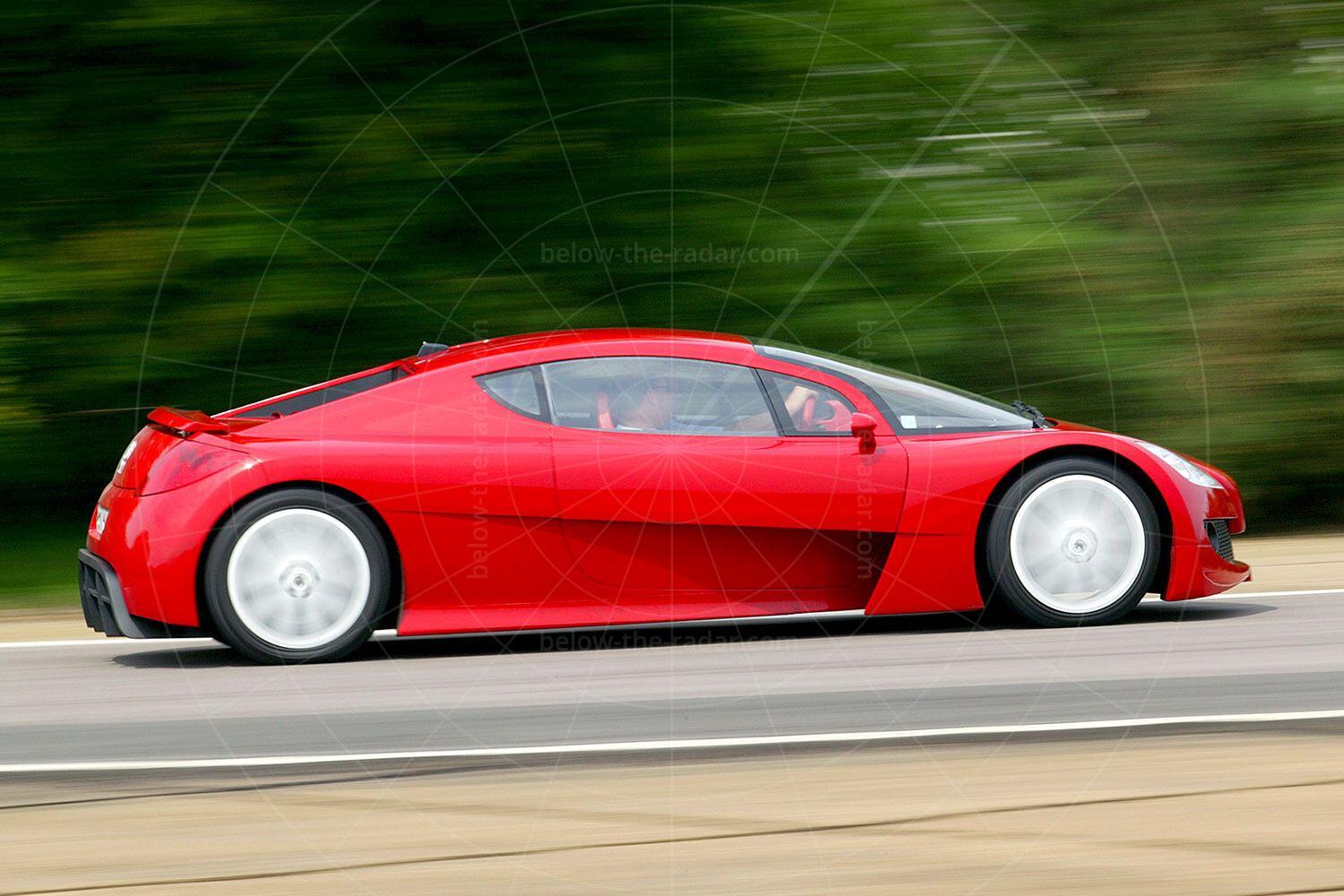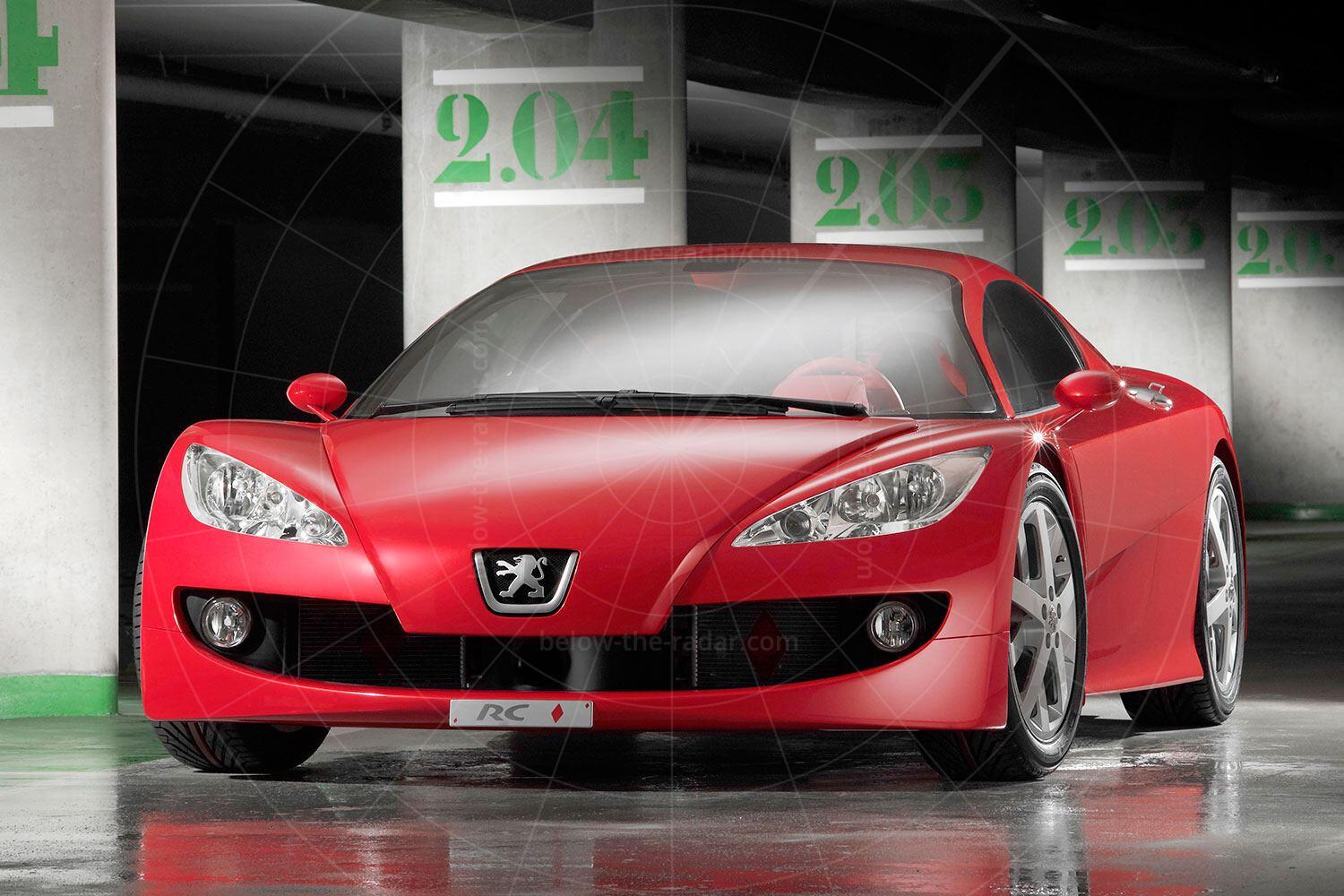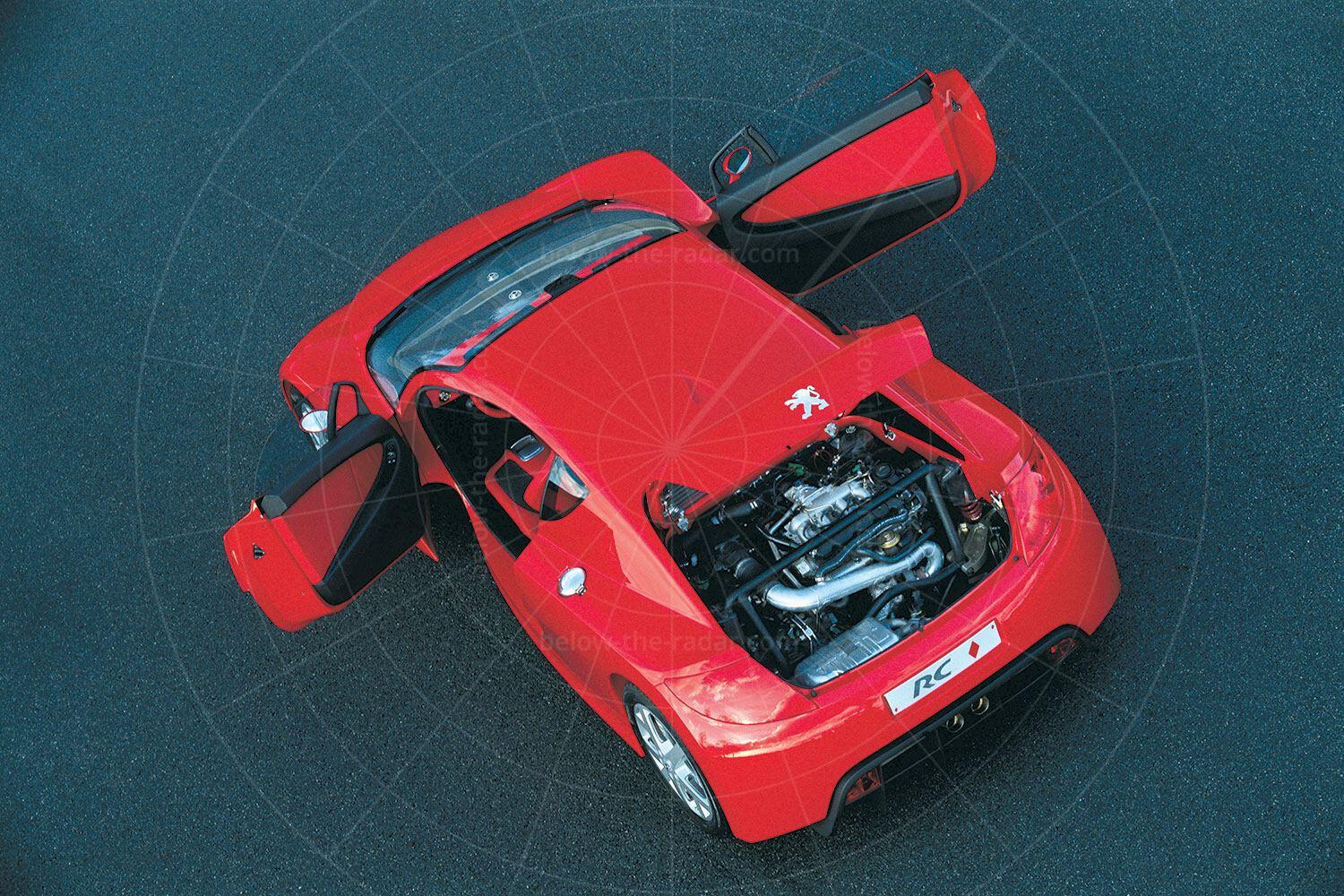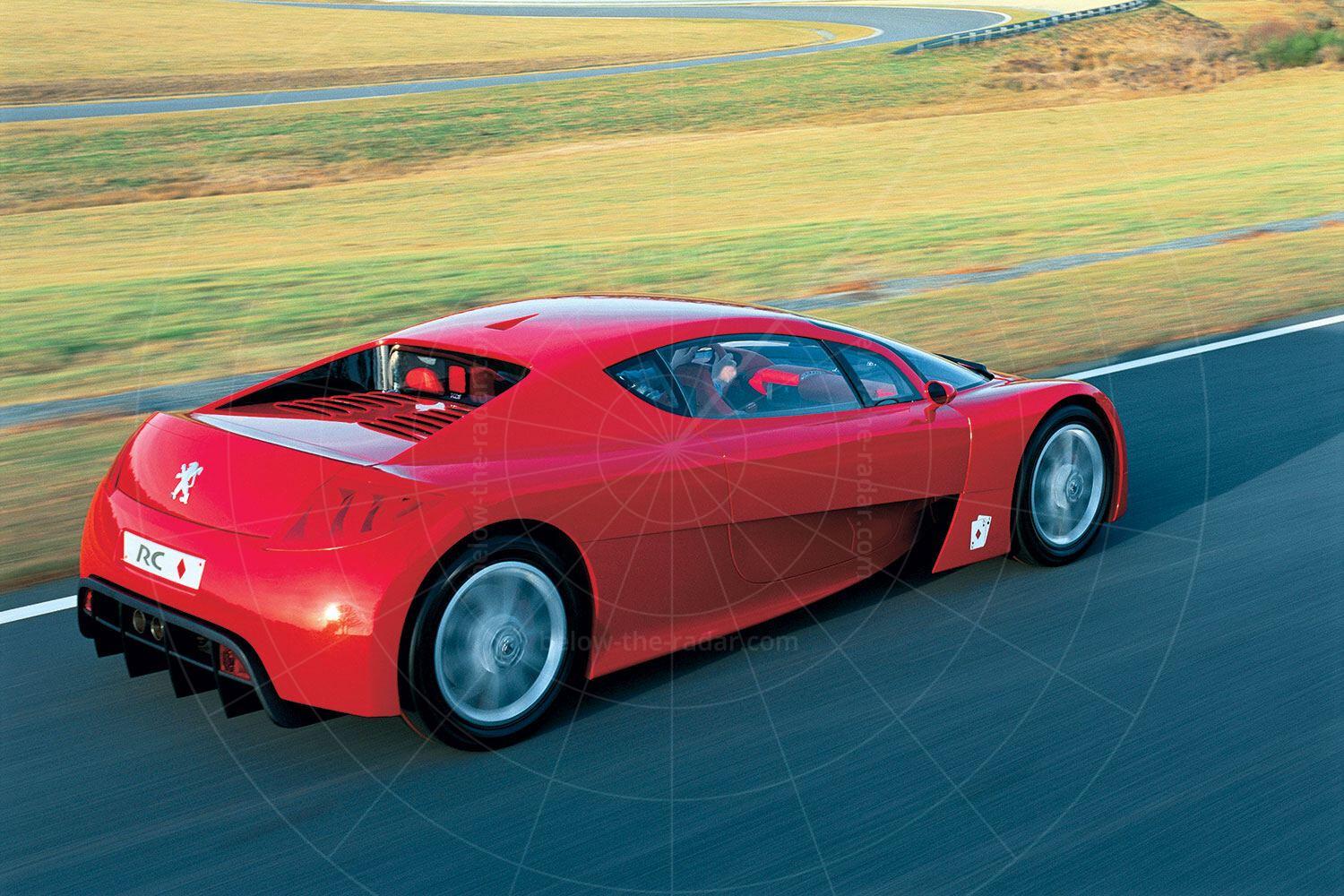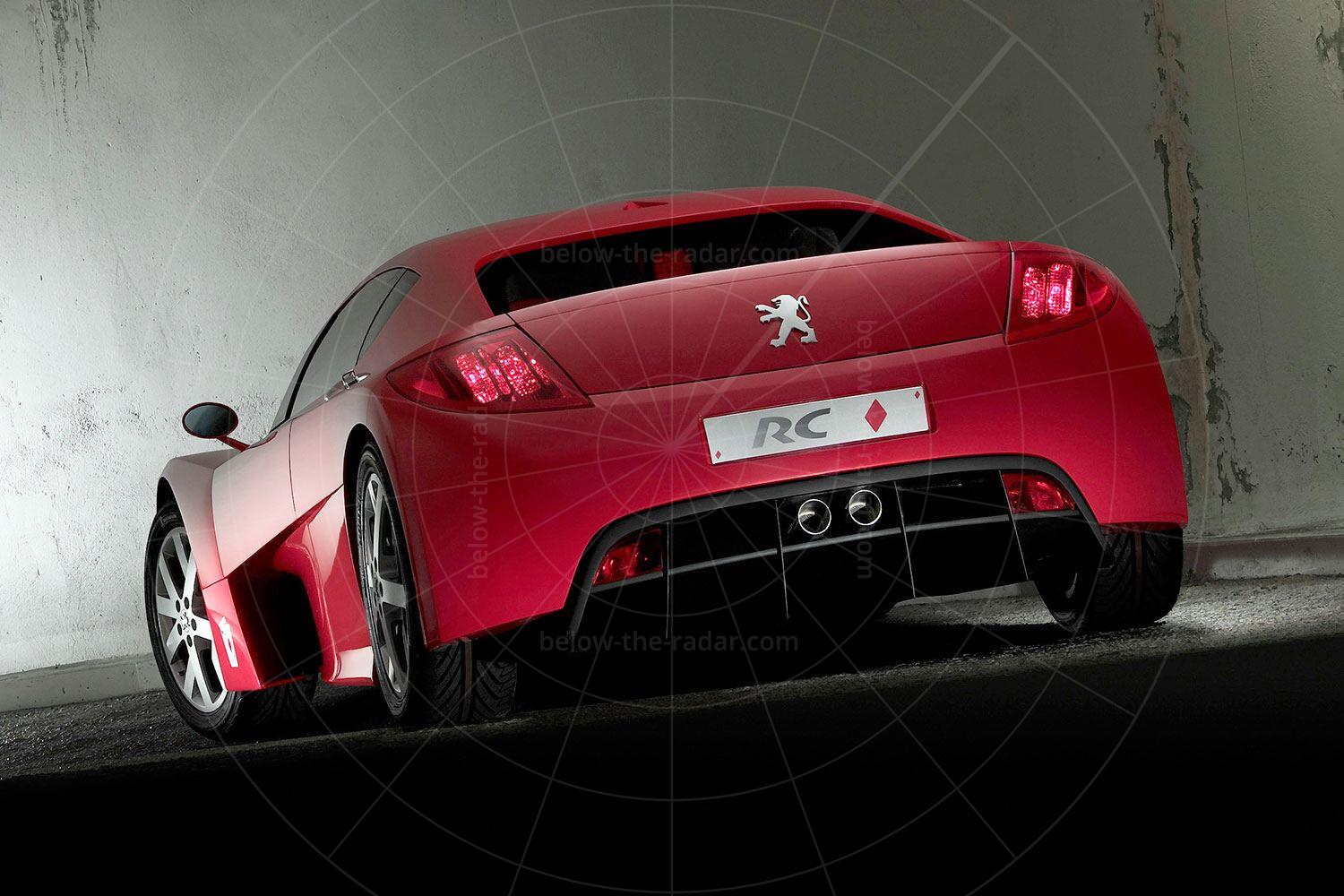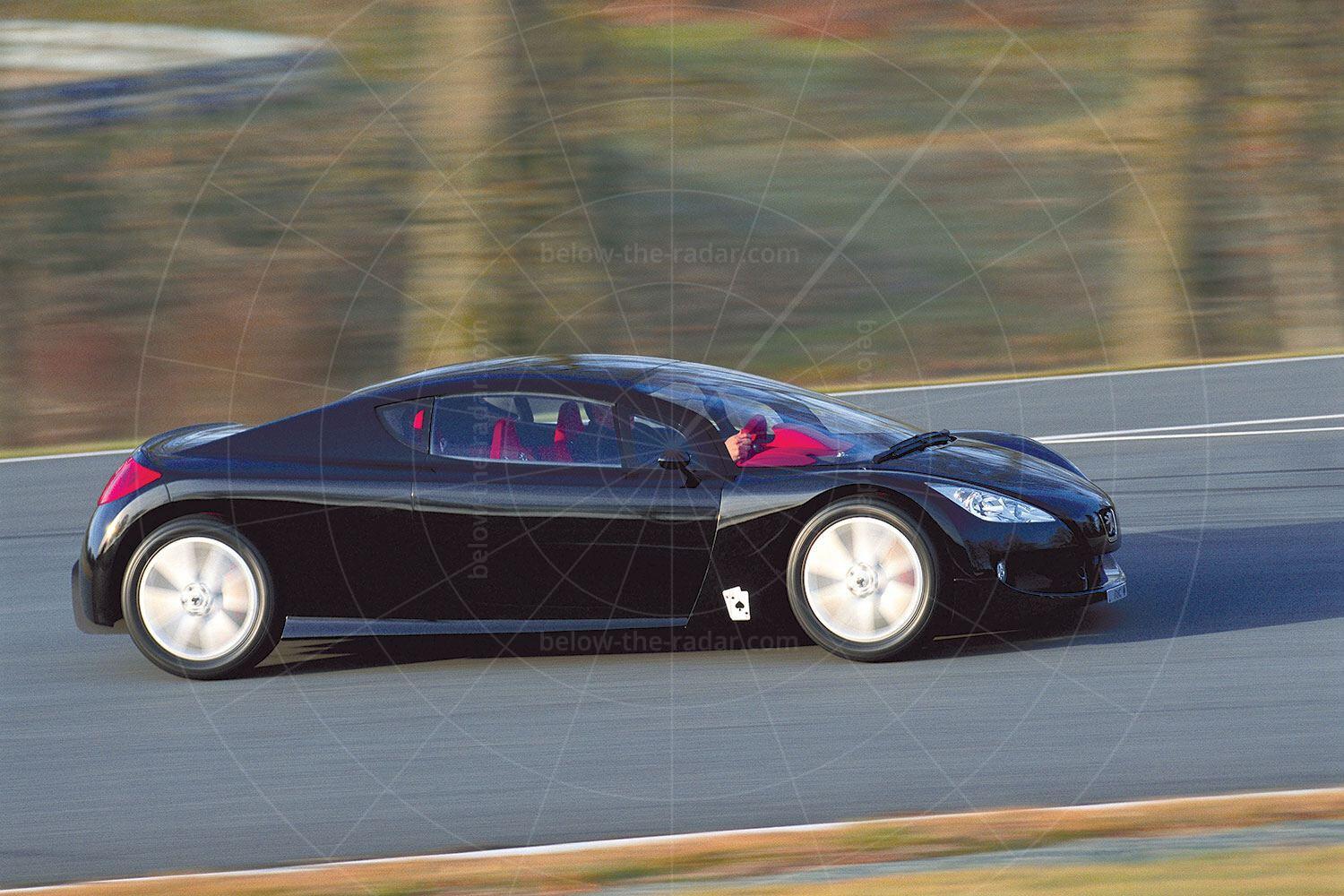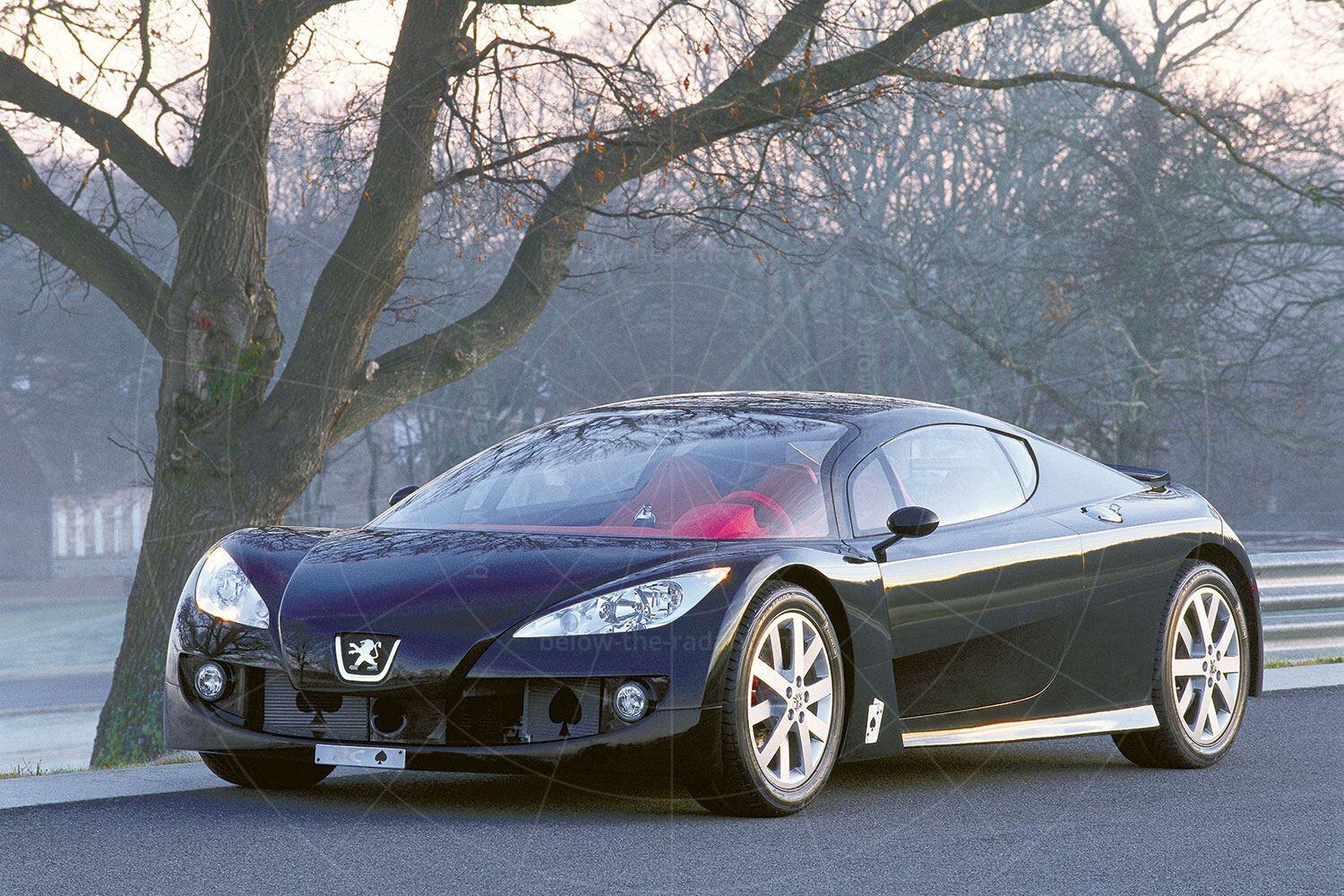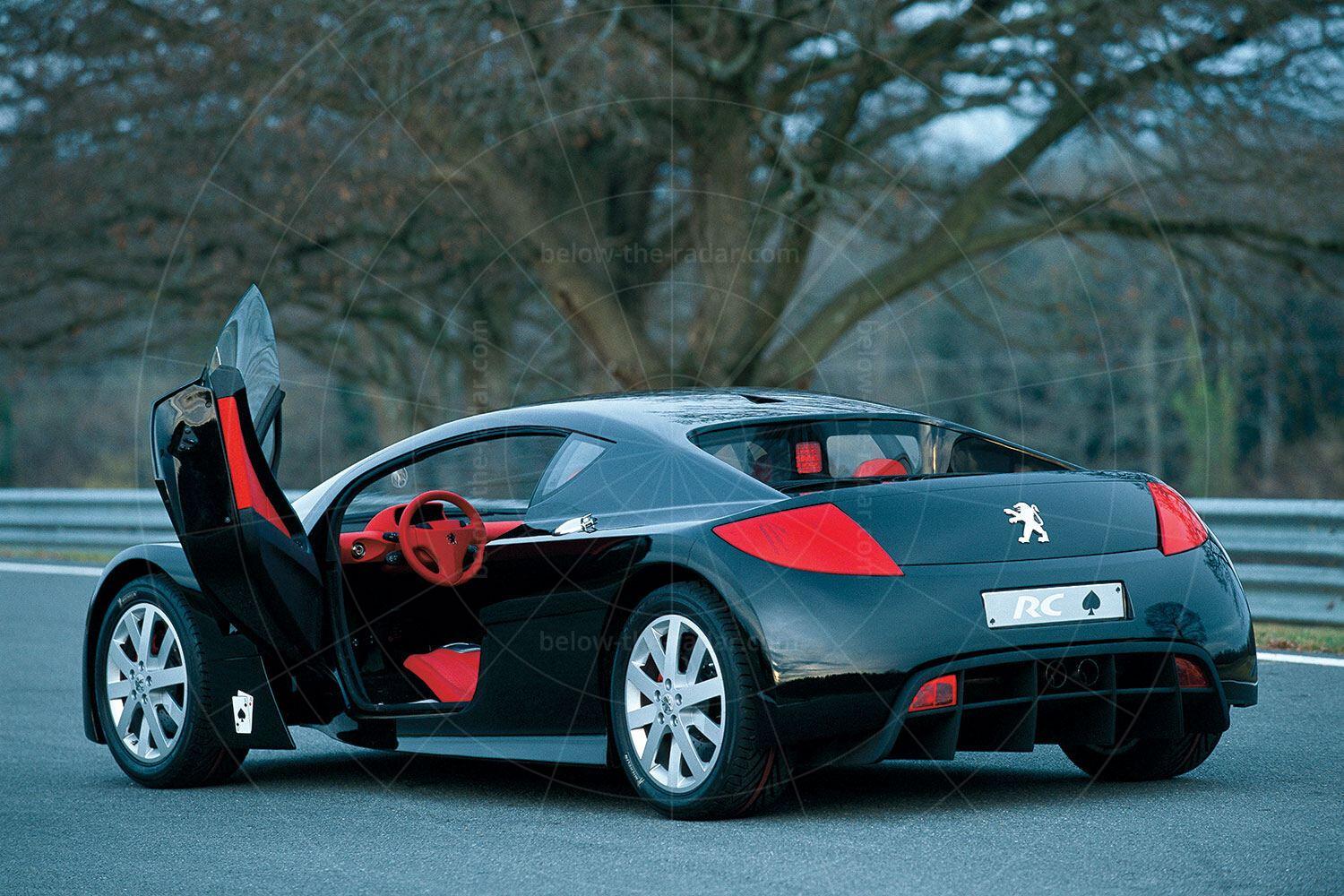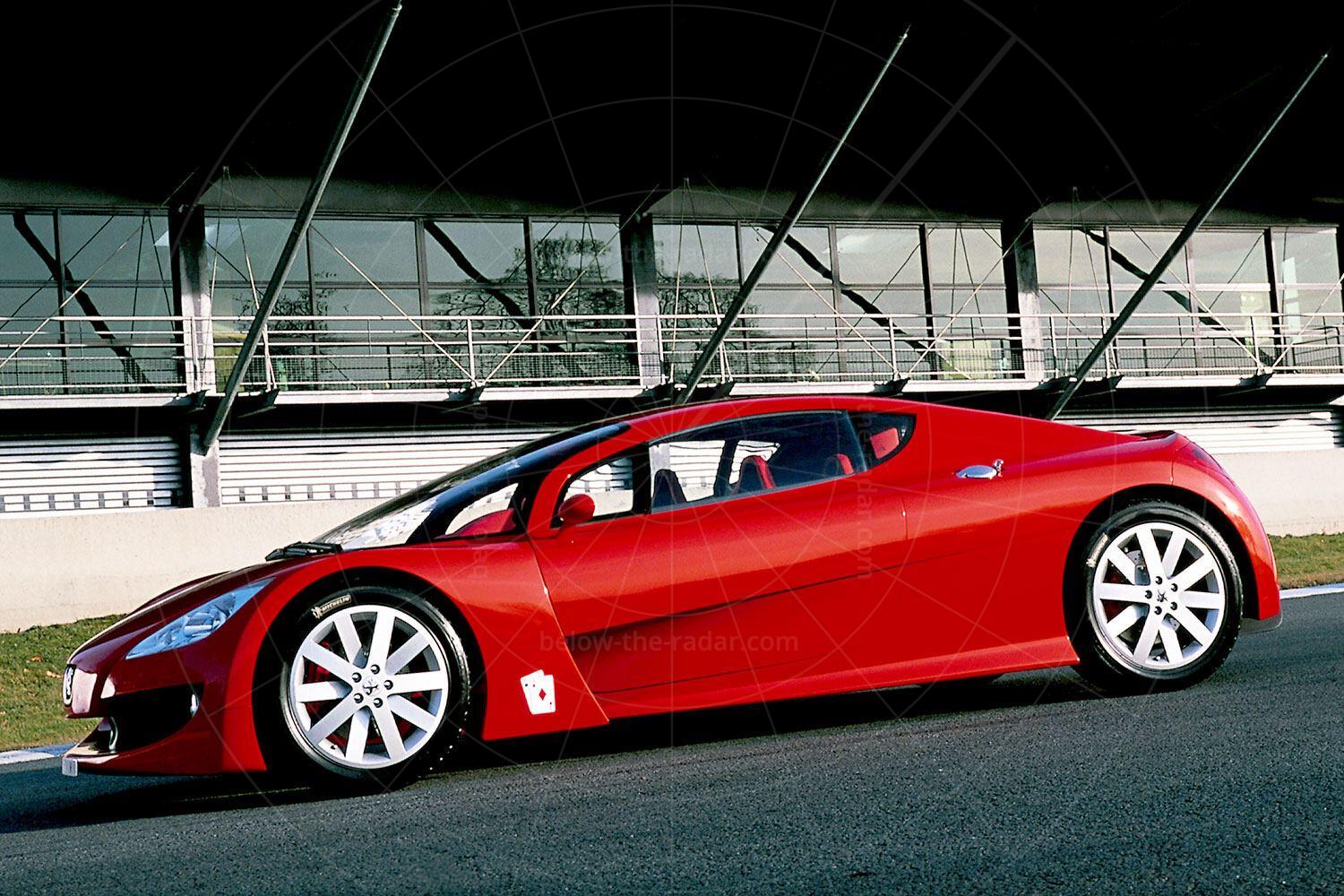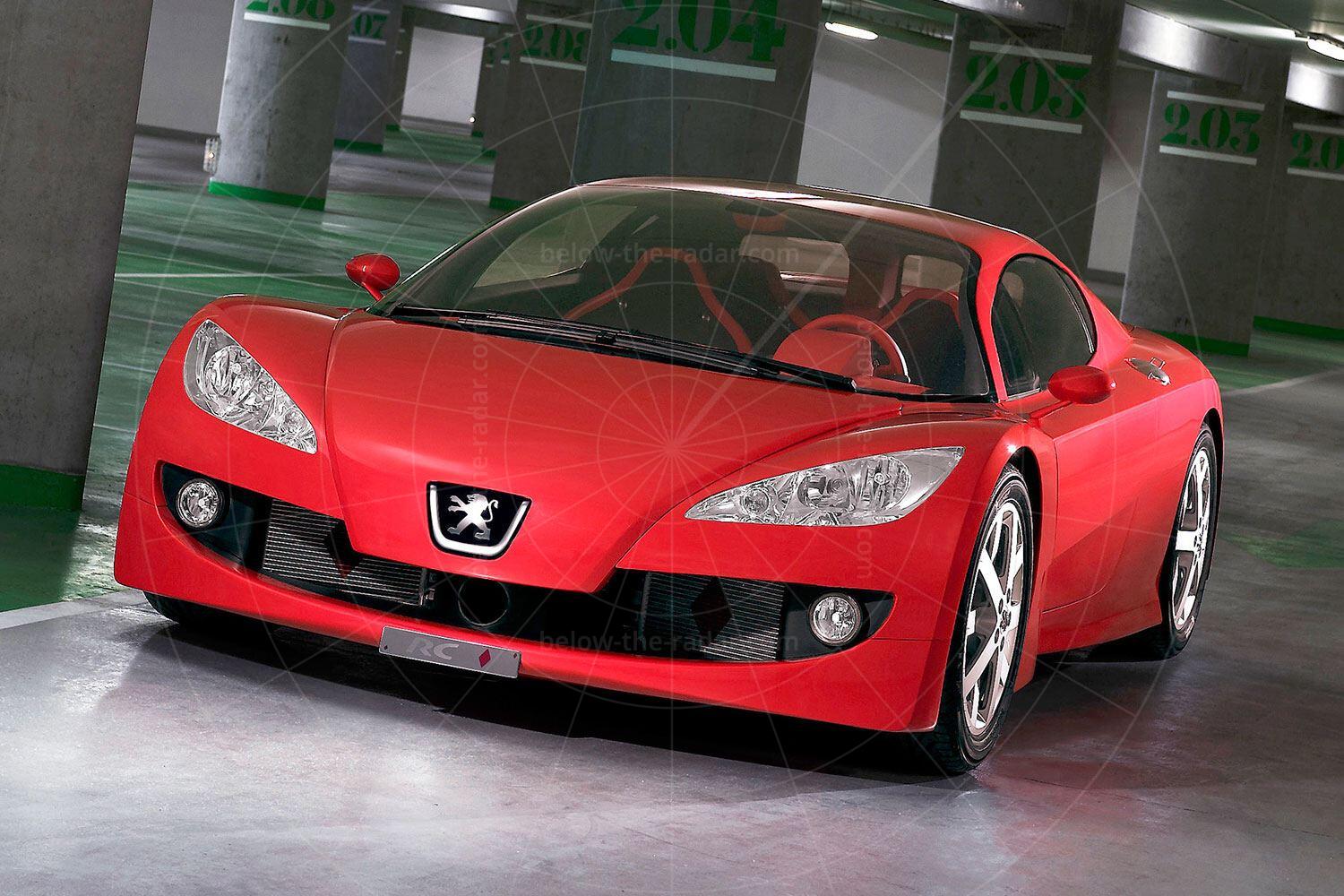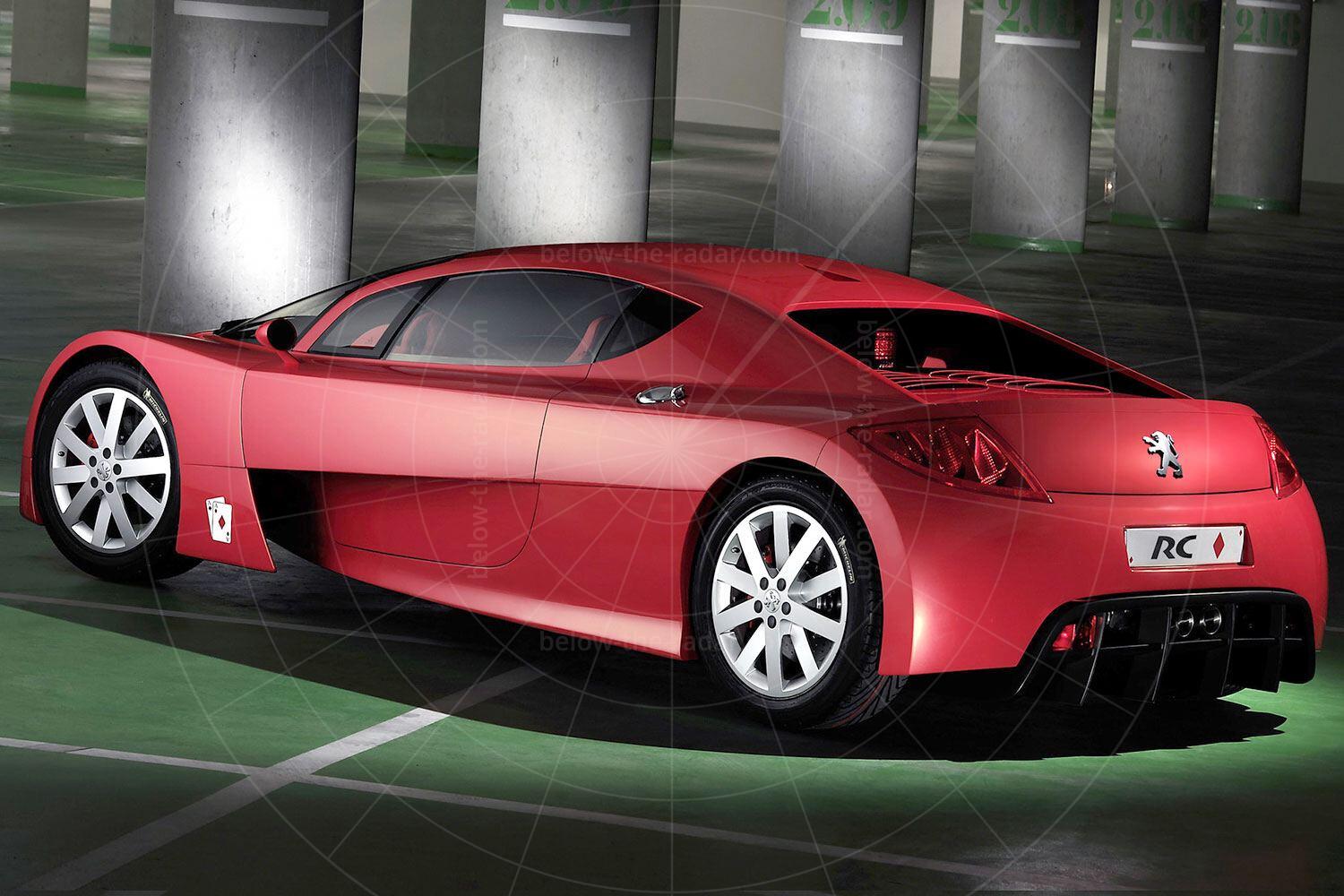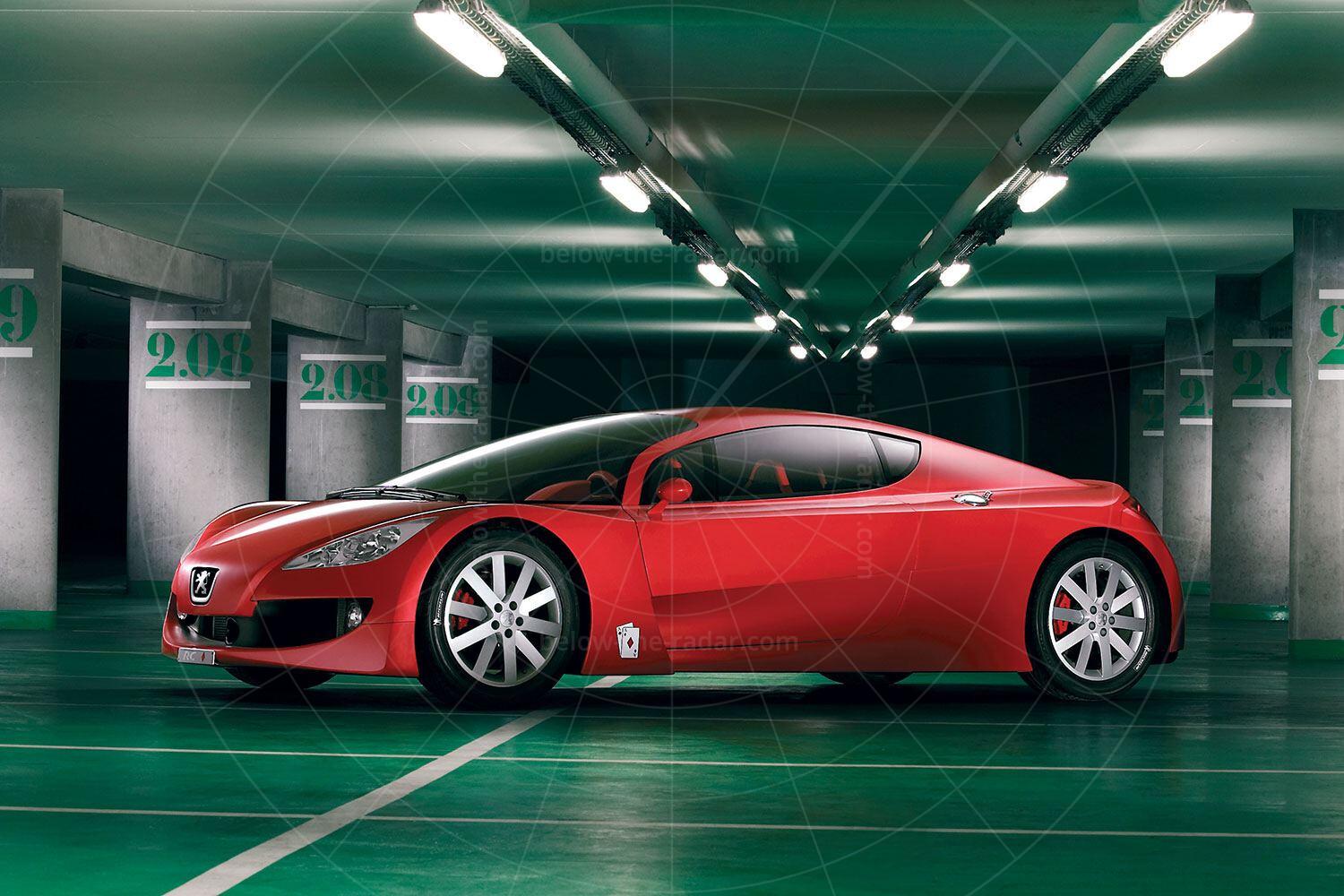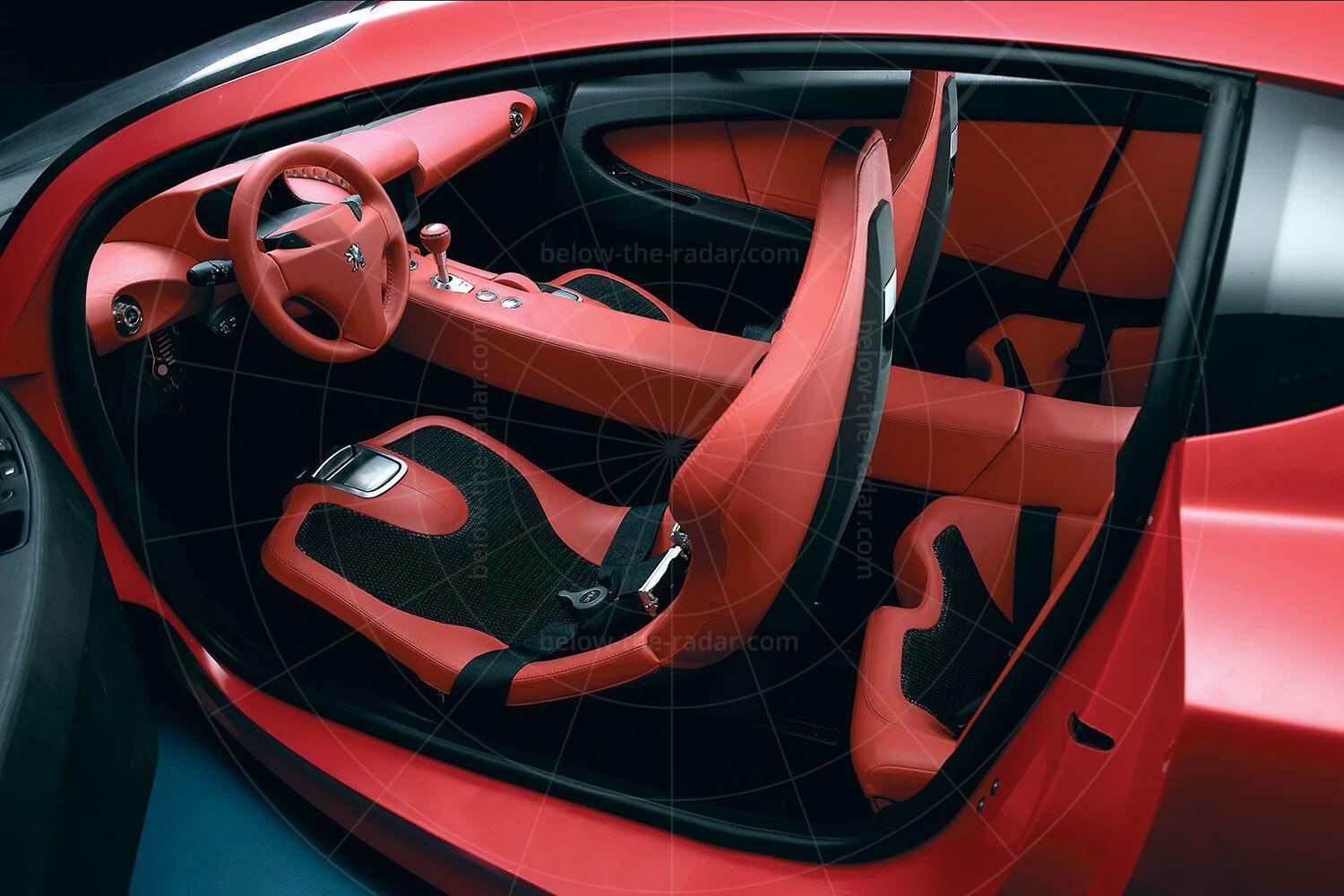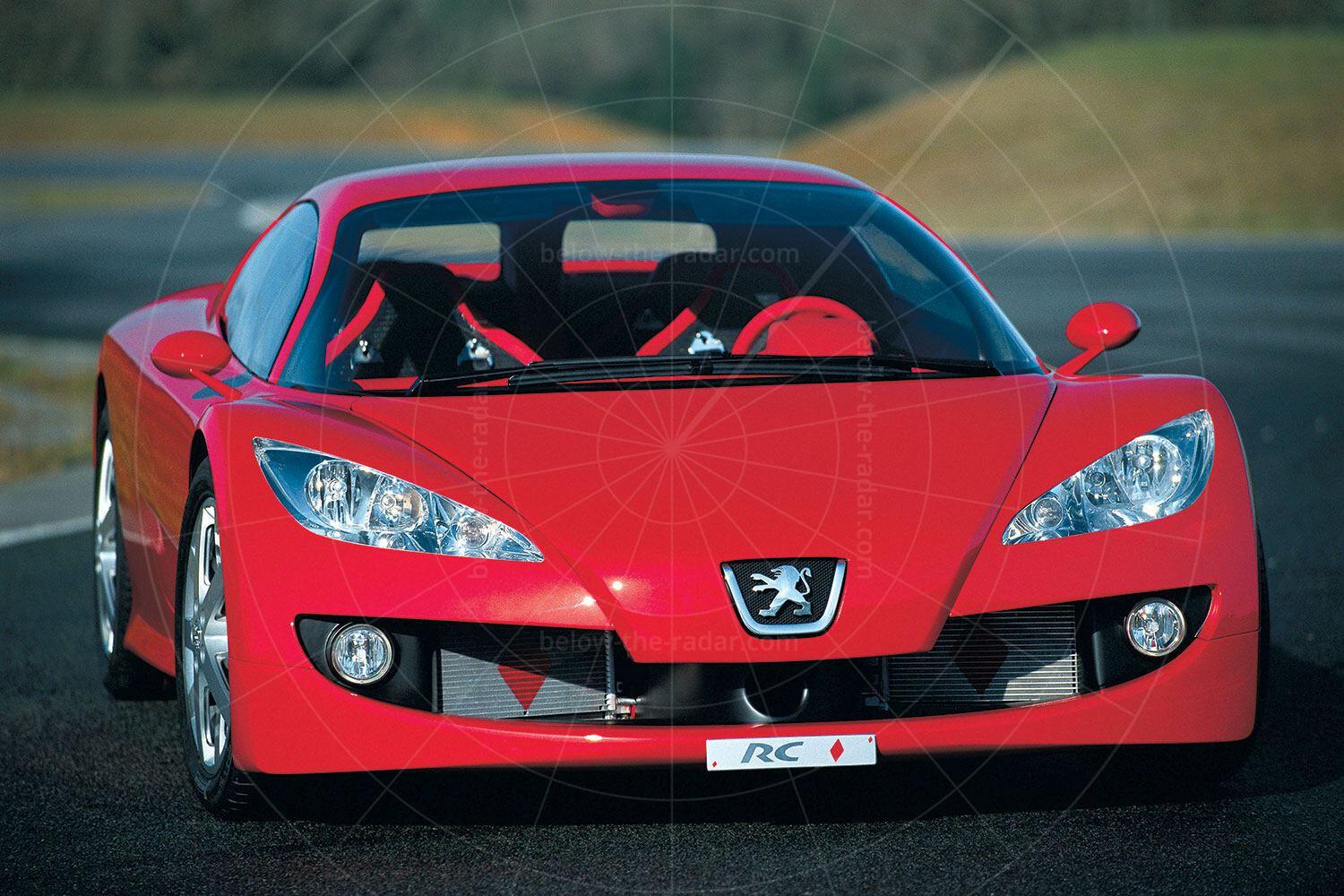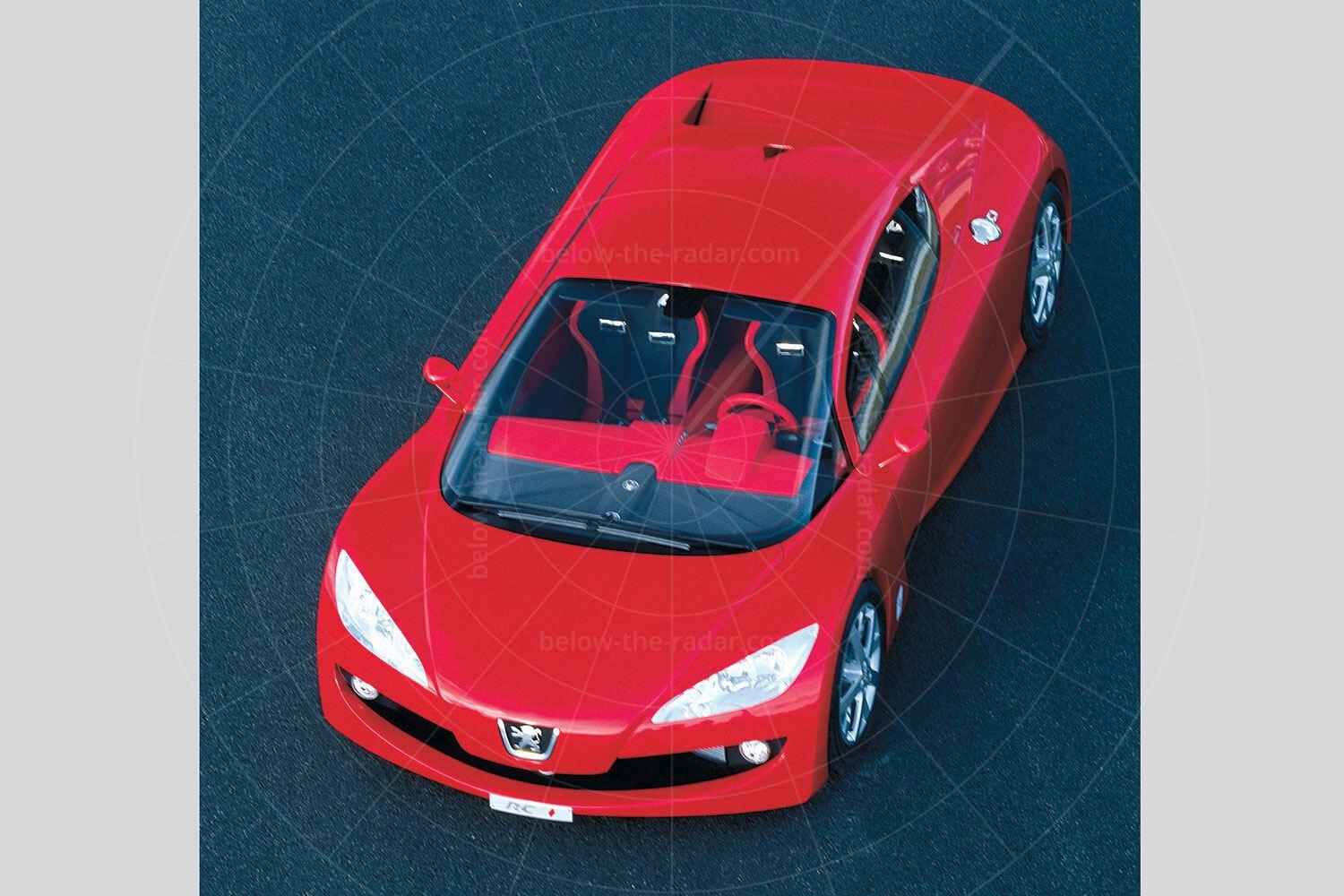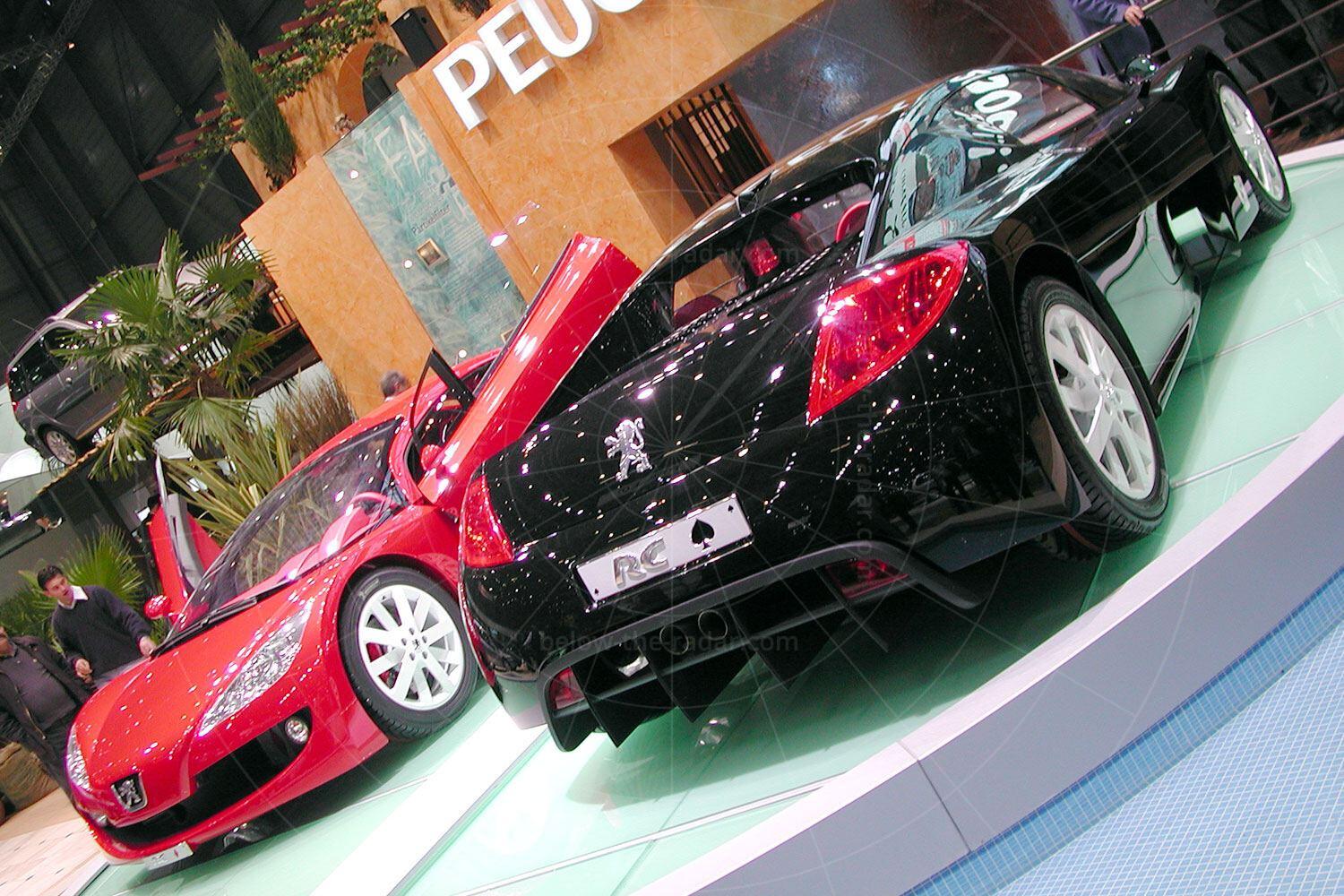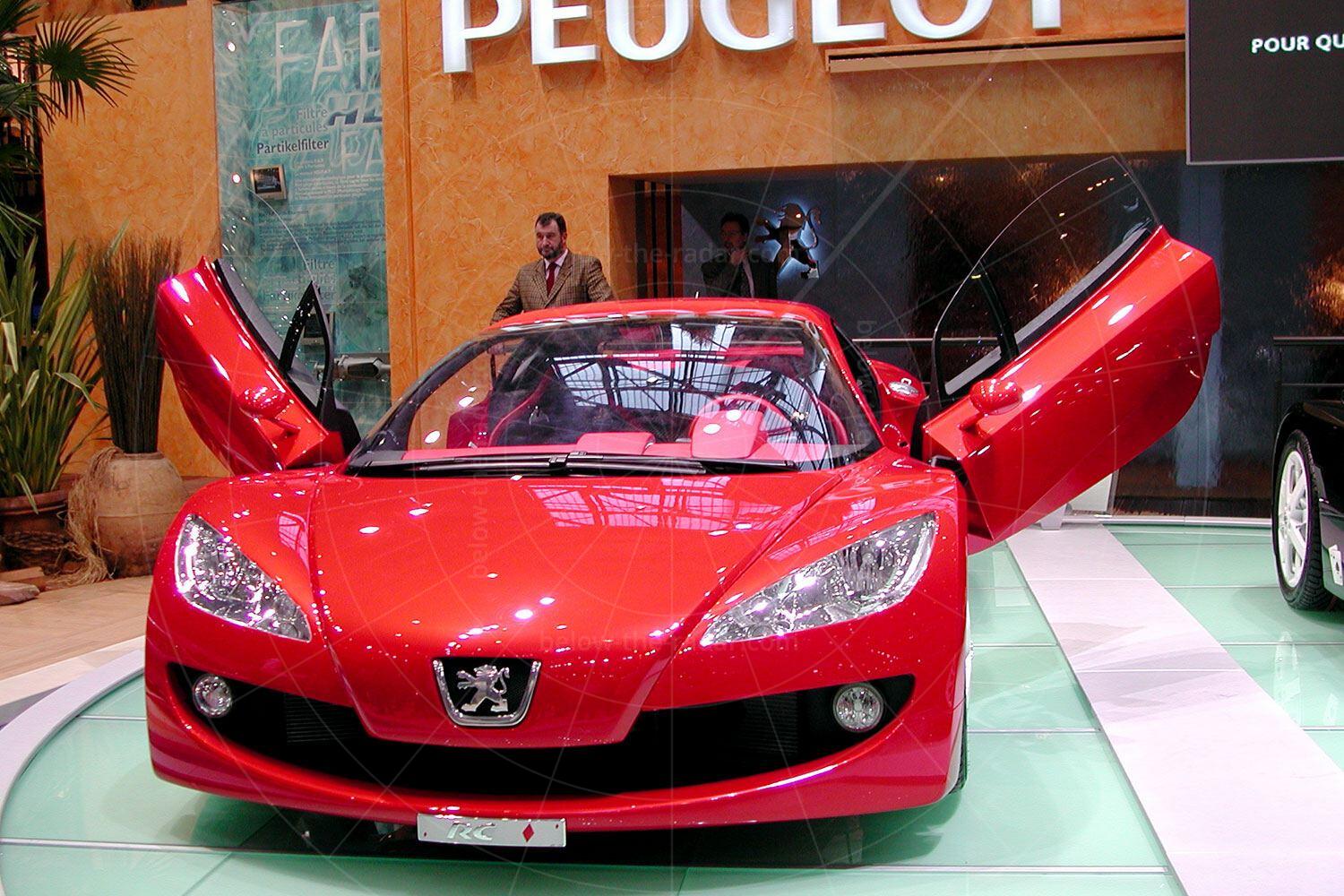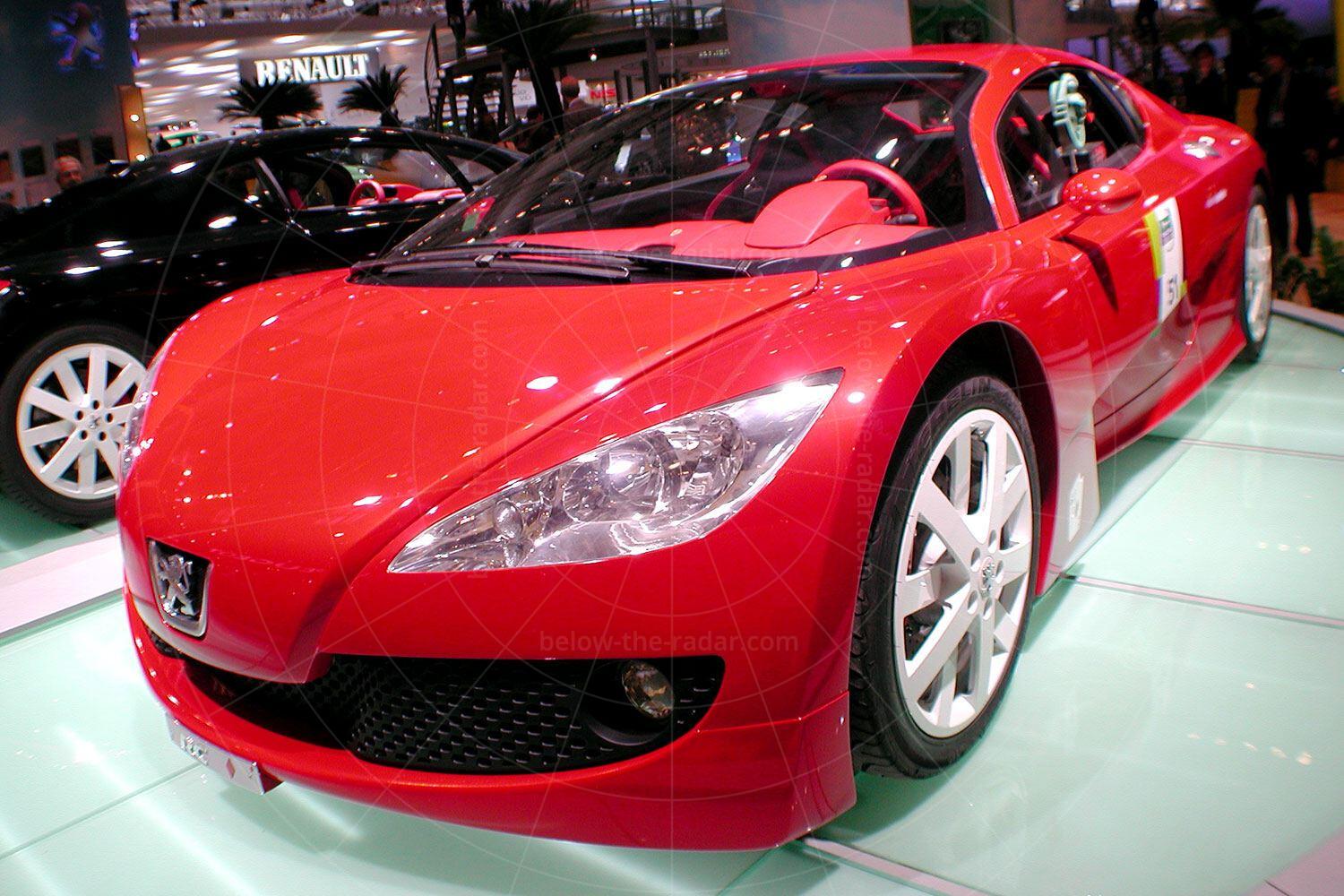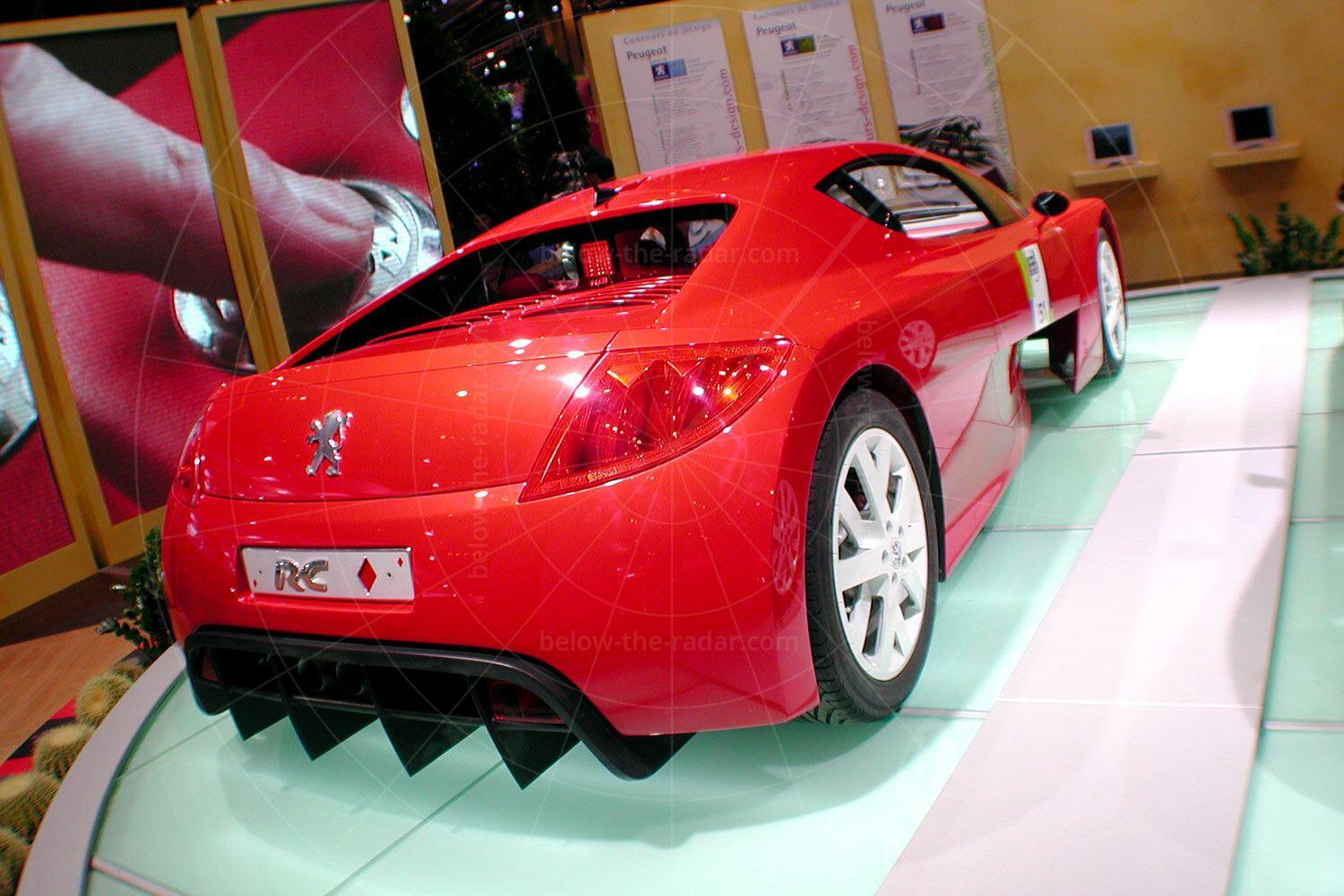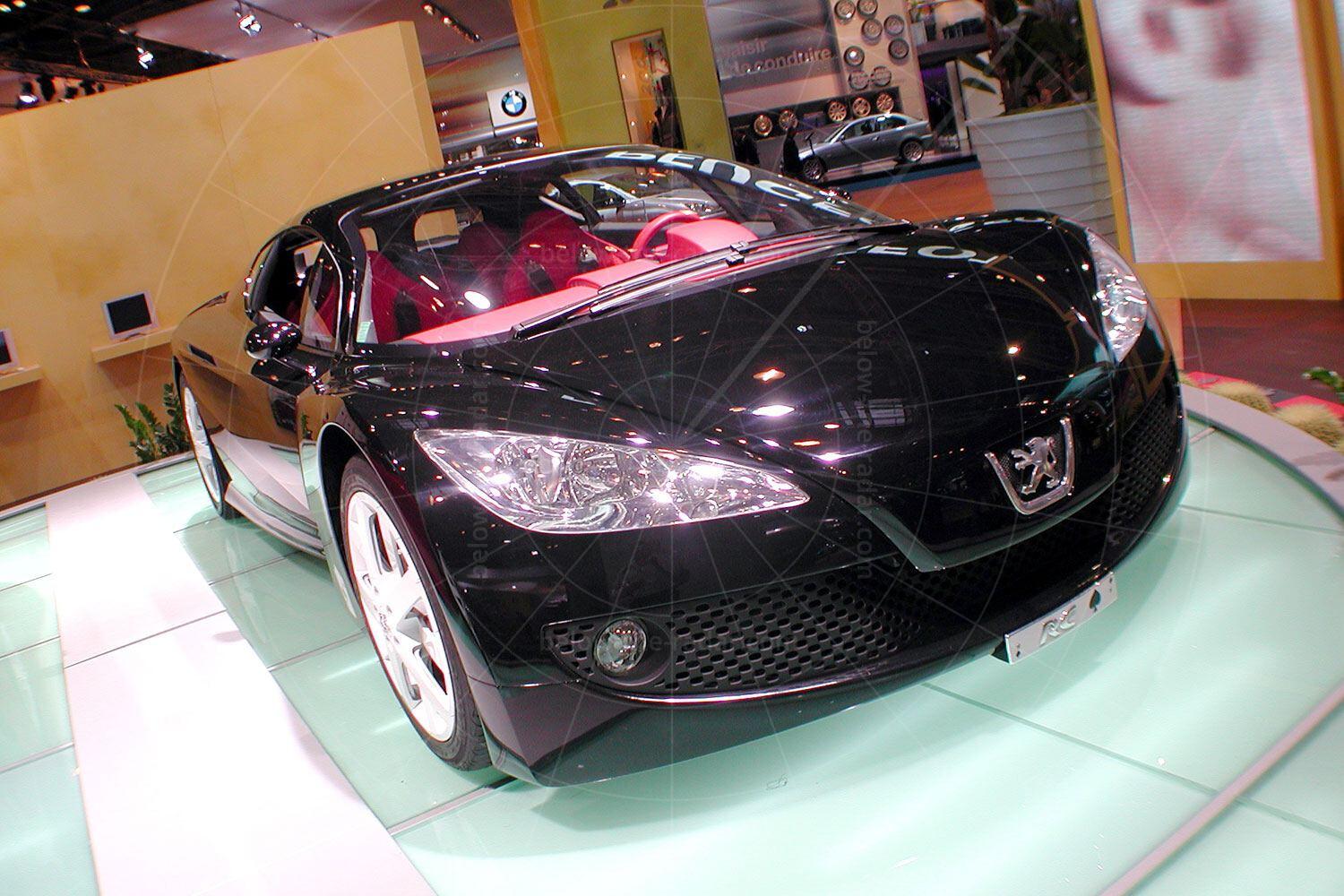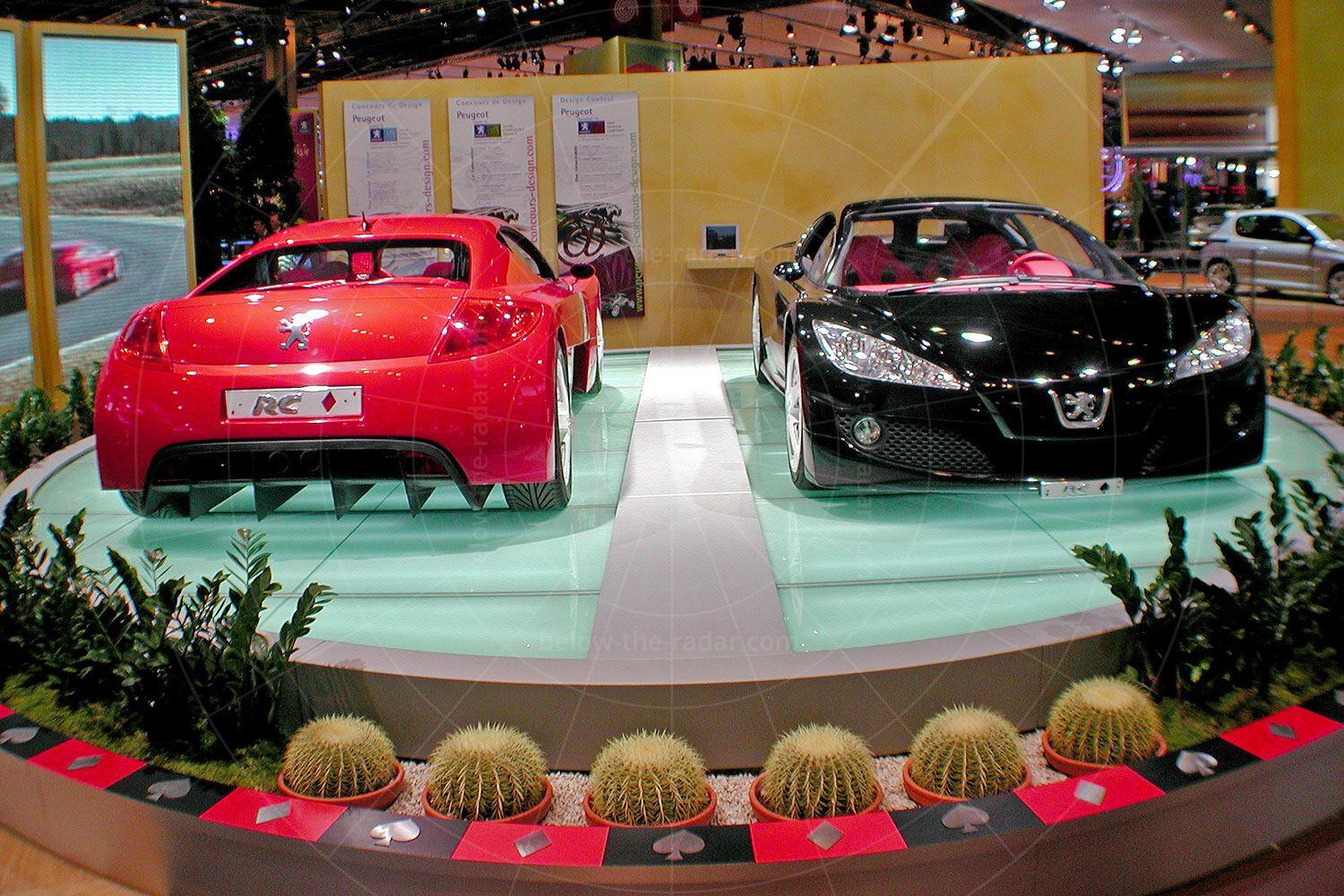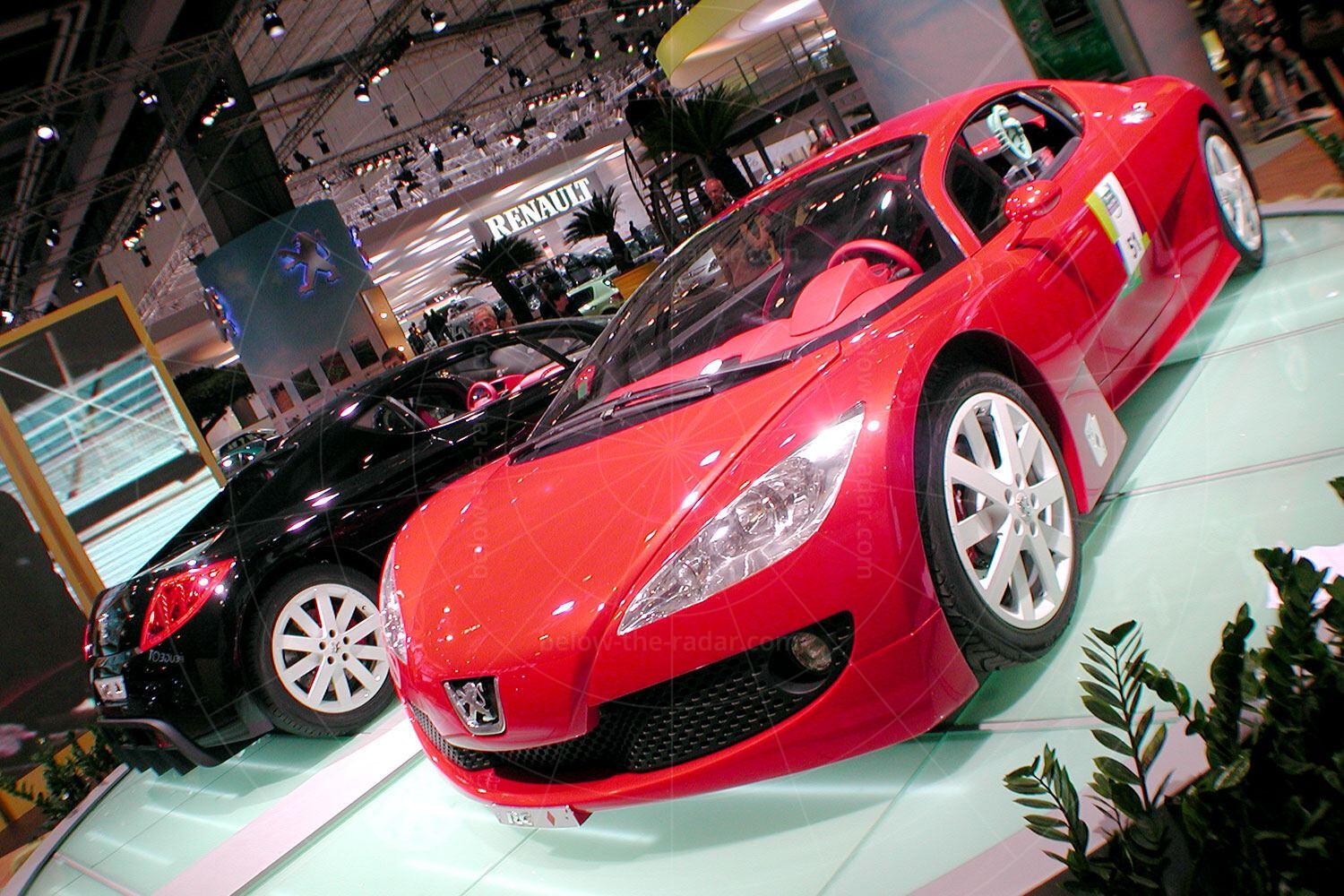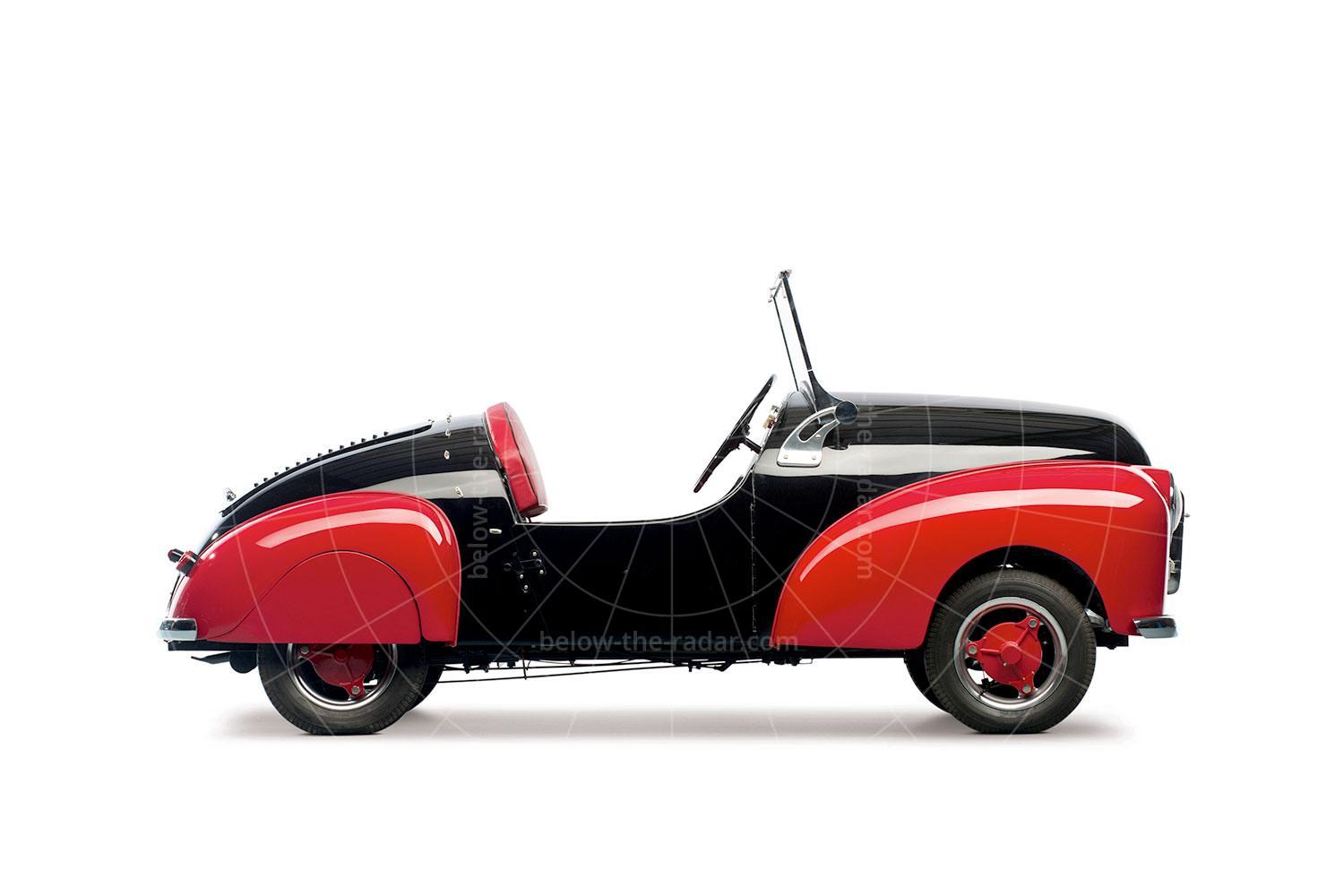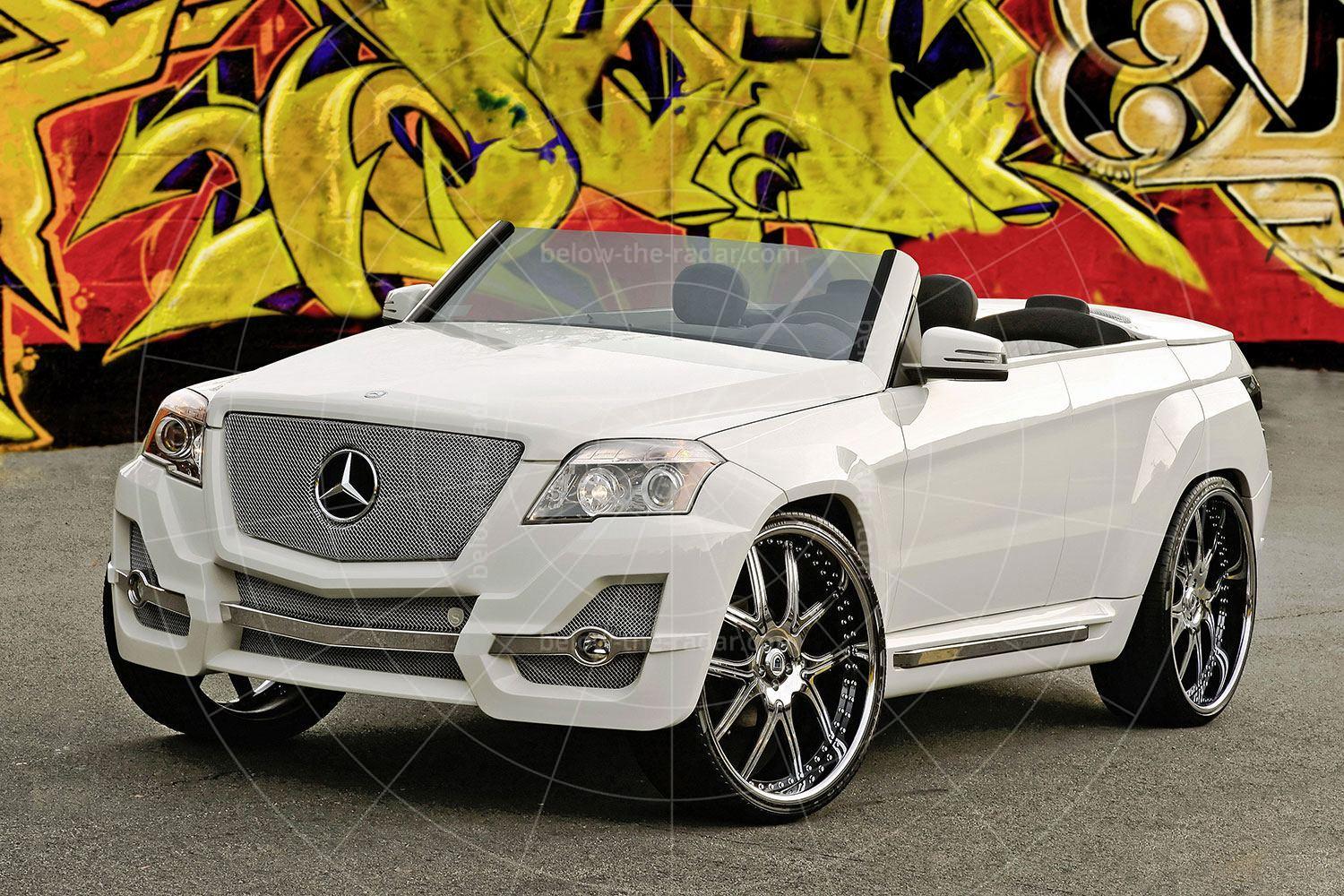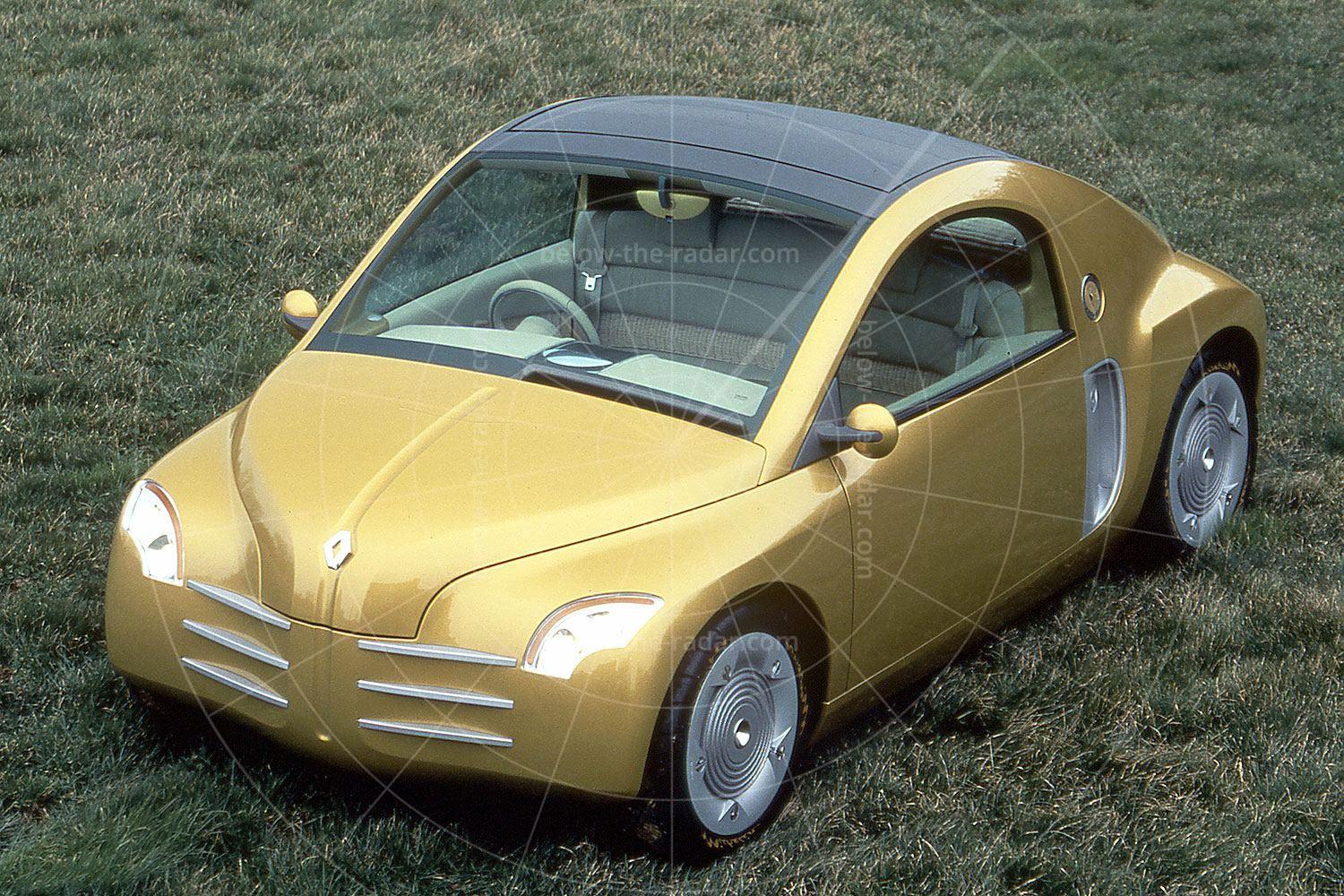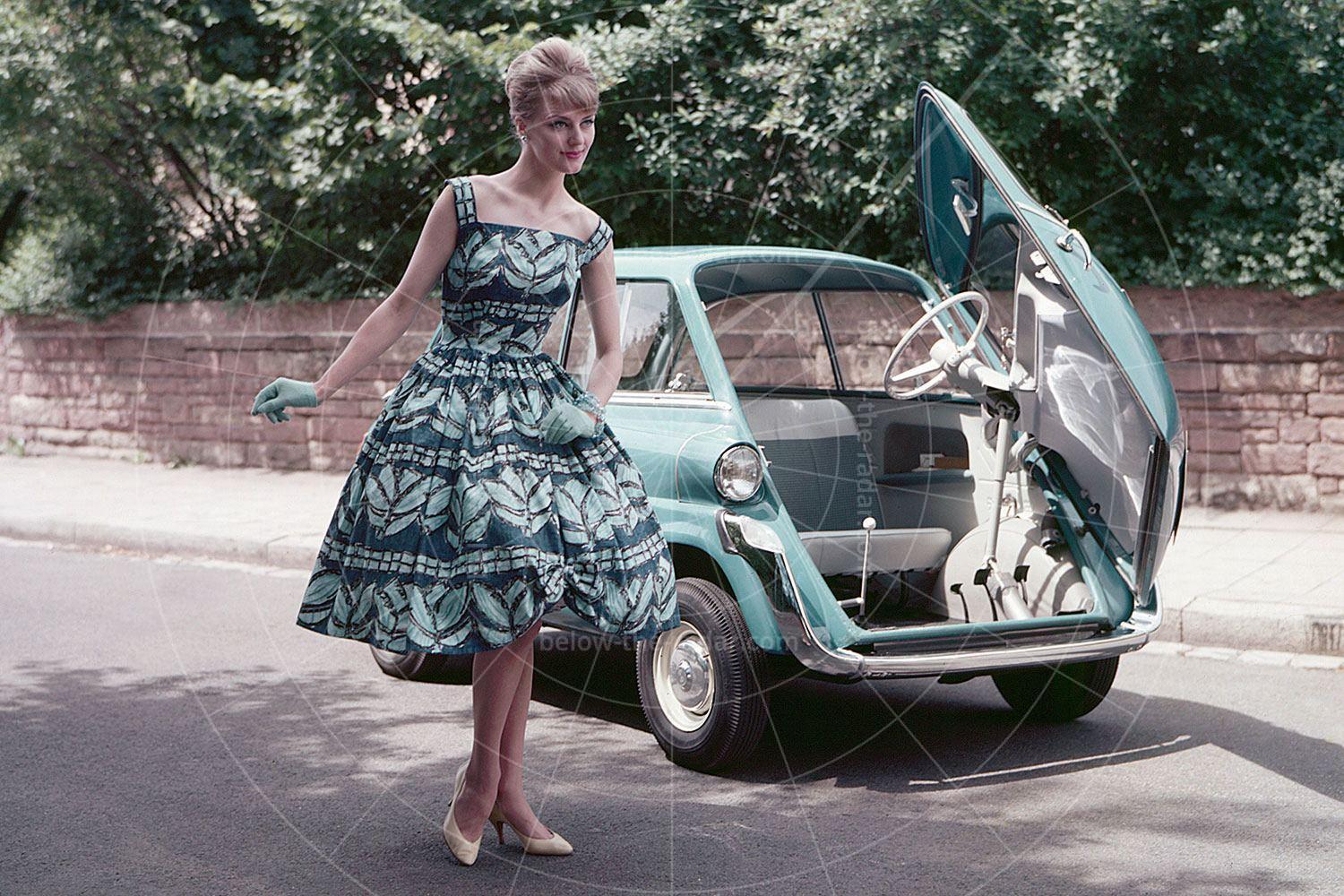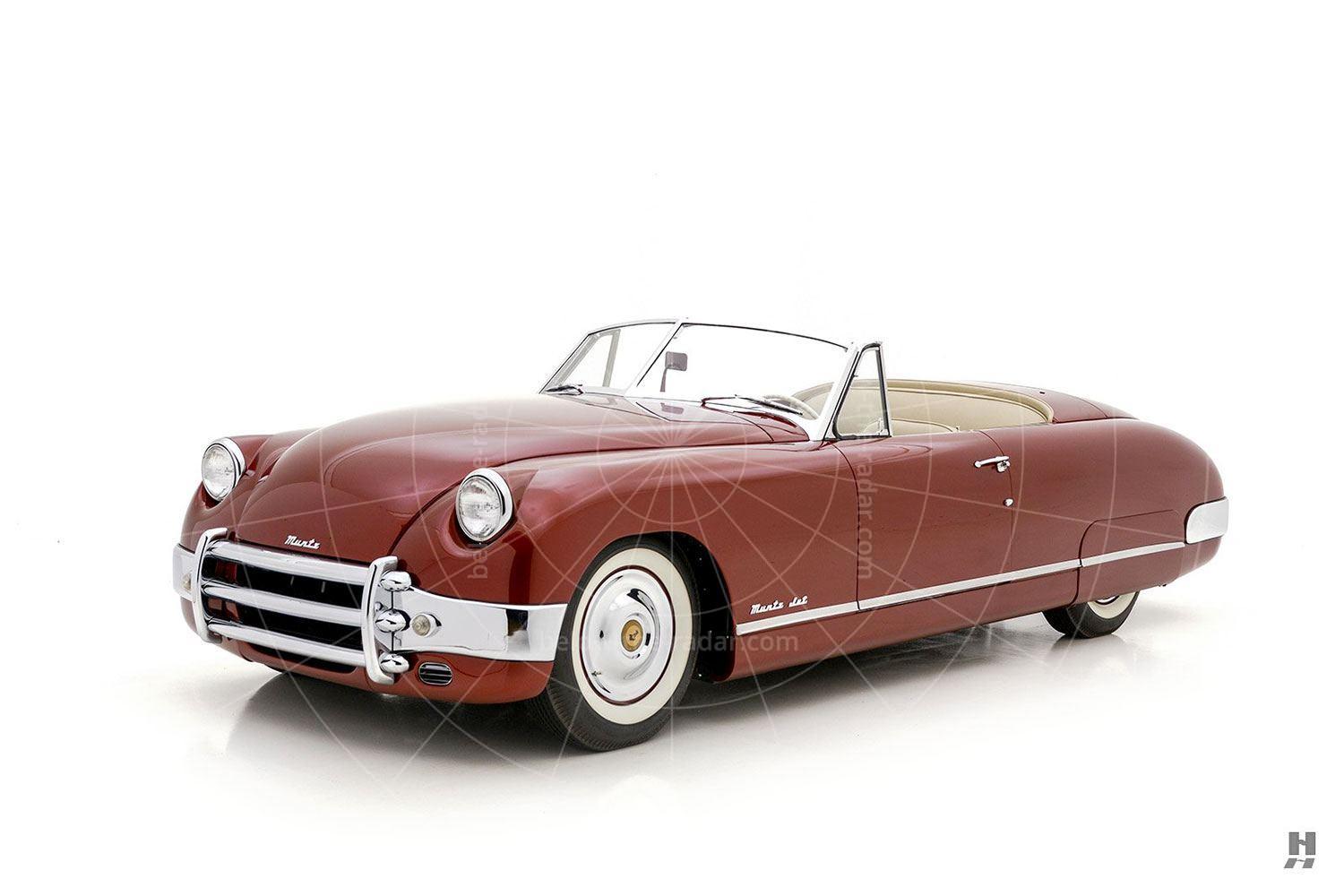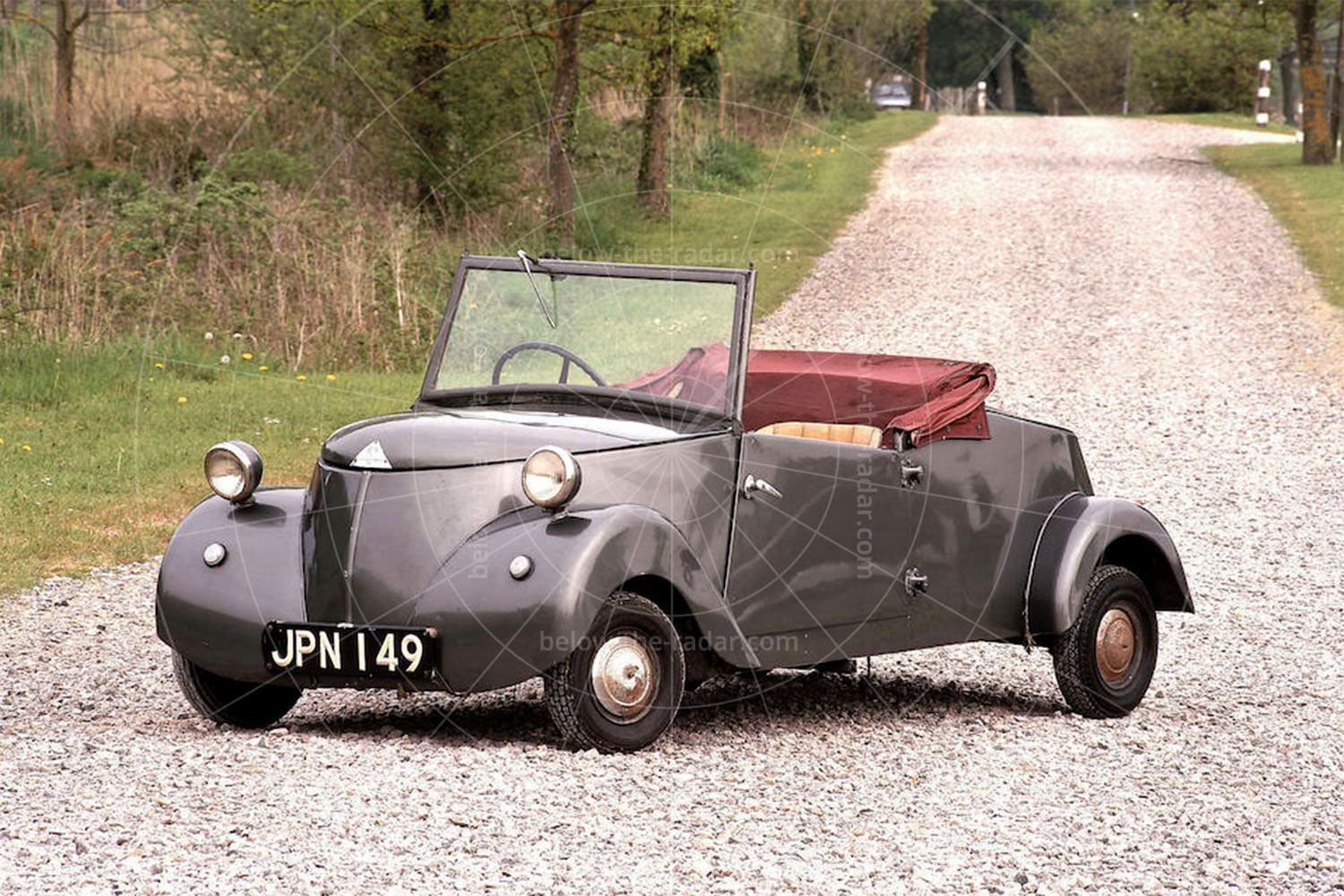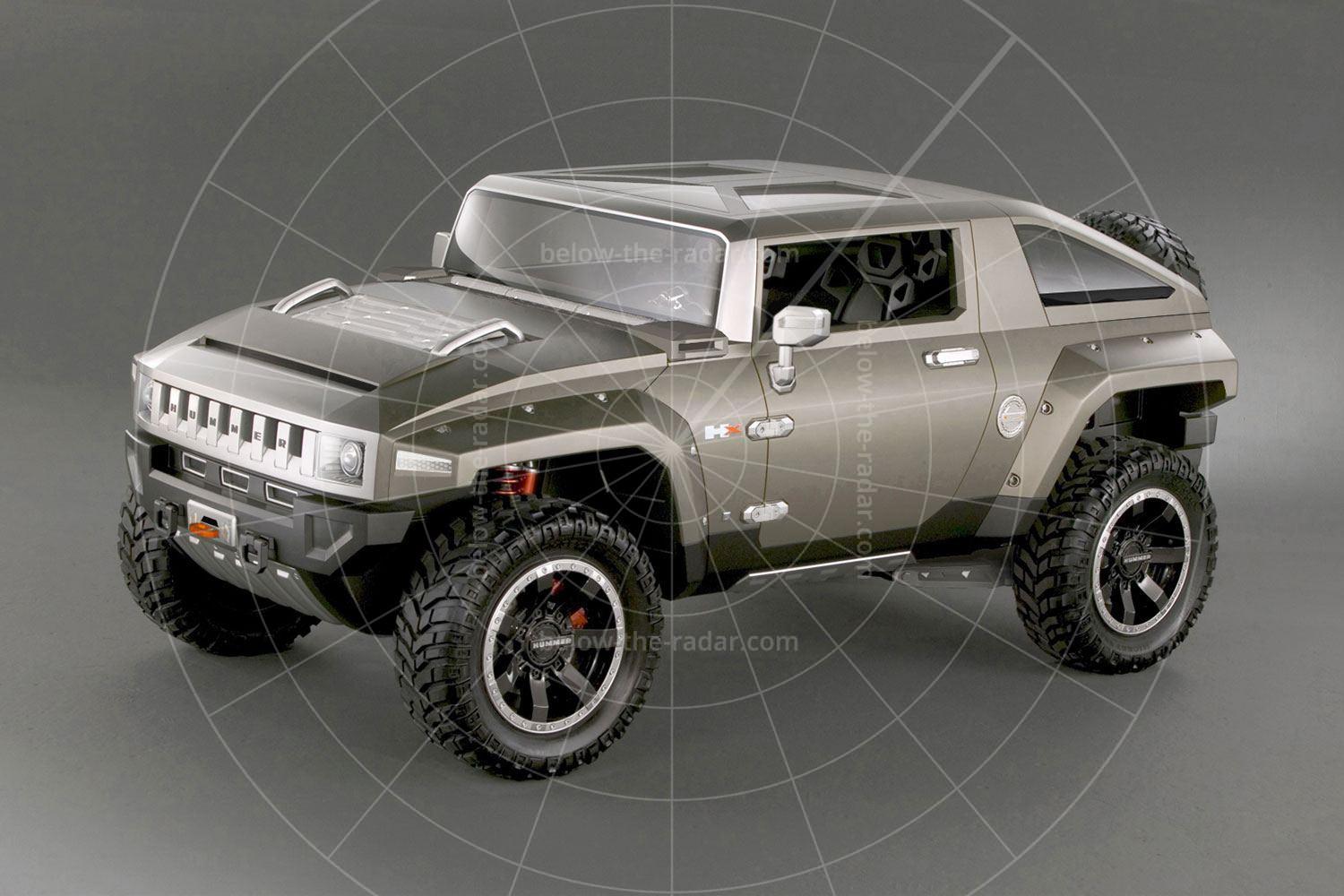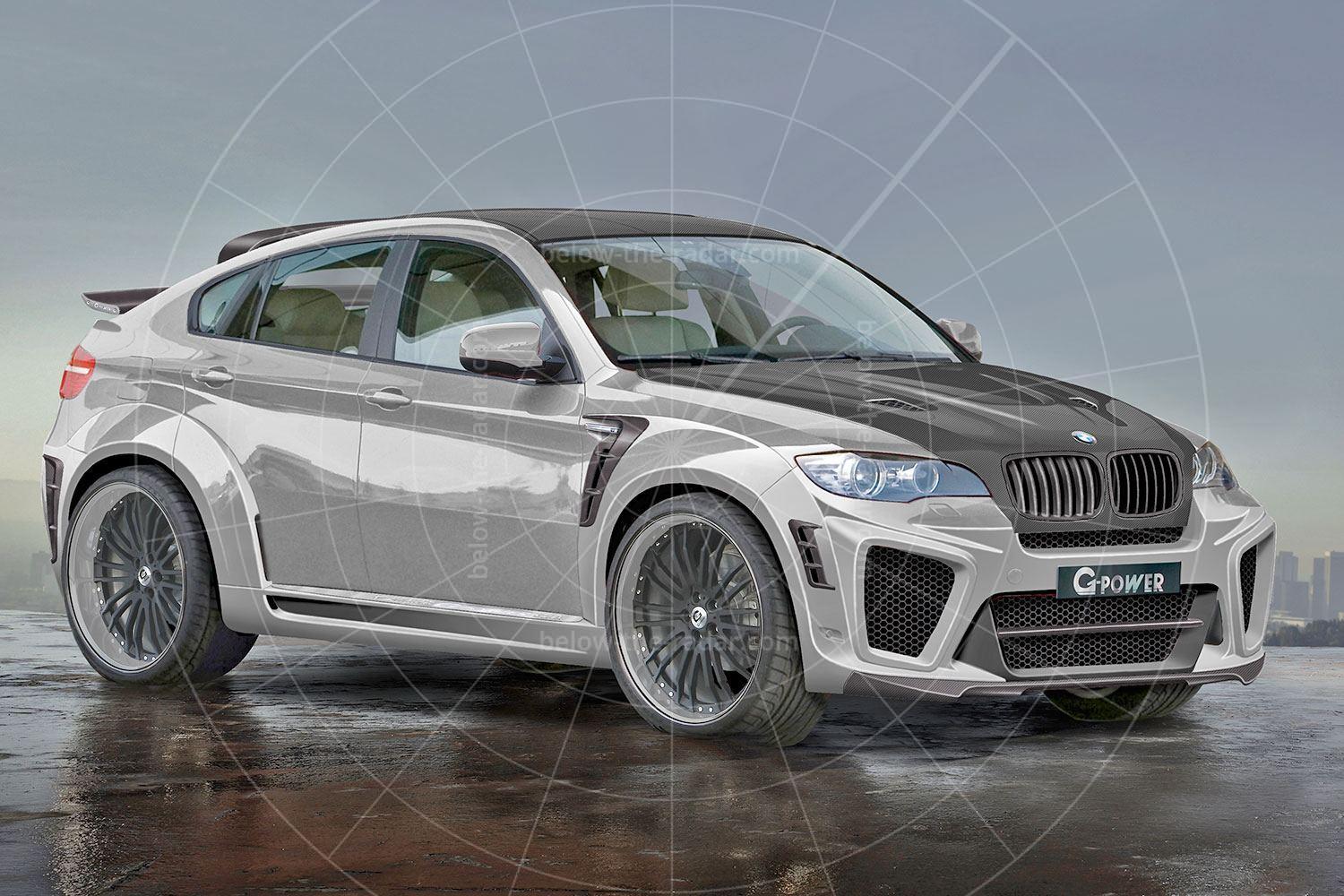Whereas many show cars are little more than mock ups designed to last just a week or two under the glare of the spotlights, some have to earn their keep. The two RC concepts built by Peugeot in 2002 were definitely in the latter category, as not only were they runners, but they were handed over to various journalists from around the world, to be put through their paces.
Designed by Peugeot’s Nicolas Brissoneau, the two concepts were named the RC Spades and the RC Diamonds, with both cars being essentially the same with the exception of their motive power. Whereas the RC Spades was painted black and packed a 2.0-litre petrol engine, the RC Diamonds was painted red and featured a 2.2-litre diesel powerplant.
The purpose of the RC concepts was to create a sporting 2+2 coupé, while also challenging the thinking that it was unacceptable to use an oil-burning engine for a car whose main point was driving pleasure. That was why there were two concepts built – direct comparisons could be made between them, proving for once and for all that the diesel-engined car was no longer the poor relation.
Driving pleasure was the key to these cars, and although they were described as being 2+2s (so perhaps a little too compromised in the eyes of some) each of them also featured a mid-mounted engine. That gave them an excellent weight distribution and hence very neutral handling. Light weight also played its part in making the RC concepts fun to drive, and to help achieve this the cars’ structures were made of carbon impregnated directly on to honeycomb panels, which were then formed and baked in an autoclave. Although a roll cage was incorporated into the structure, by using this solution to build the bodyshells they were already incredibly strong while also being very light.
The design itself was recognisably Peugeot, with the teardrop-shaped headlights being reminiscent of the company’s production cars as well as many of its previous concepts. In profile and from the rear there wasn’t such a strong Peugeot identity, but that didn’t matter because the cars looked all the better for it. Trying to fit in four seats and a mid-mounted engine meant the passenger cell had to be pretty far forward, which is why practicality didn’t feature very high on the concepts’ list of priorities; that bodywork in front of the windscreen was given over more to crash protection than luggage space.
The strangely kinked A-pillar allowed for an especially panoramic windscreen and to eliminate the potentially unreliable (and space wasting) conventionally linked wiper arms, each arm was fitted with its own electric motor. Synchronised electronically, each arm was also fitted with a rain sensor so that they could be switched to come on automatically when it started to rain.
The cabins were pretty straightforward, with little in the way of clutter although there was a very prominent console running the length of the cabin. Red and black leather covered most surfaces while aluminium and stainless steel detailing offered some welcome highlights.
Both cars were equipped with a six-speed sequential manual gearbox which also offered an automatic mode, and as far as the suspension, steering and brakes were concerned they were identical. That meant double wishbones were fitted front and rear, suspending ten-spoke 18-inch magnesium alloy wheels wrapped in 245/45 R18 Michelin Sport tyres. The RC Spades packed a 1997cc petrol engine, which developed 178bhp and 149lb ft of torque. This was an in-line four cylinder unit with twin overhead camshafts and 16 valves; just the same as the unit in the RC Diamonds. But this latter engine was fed on a diet of diesel, and with its 2168cc turbocharged displacement it was able to generate 173bhp and 295lb ft of torque, so it was anything but the poor relation next to the RC Spades.
| Vital statistics | |
|---|---|
| Debut | Geneva, 2002 |
| Designer | Nicolas Brissoneau |
| Engine | Mid-mounted, 2168cc, diesel 4-cylinder |
| Transmission | 6-speed manual, rear-wheel drive |
| Power | 173bhp |
| Top speed | 143mph |

